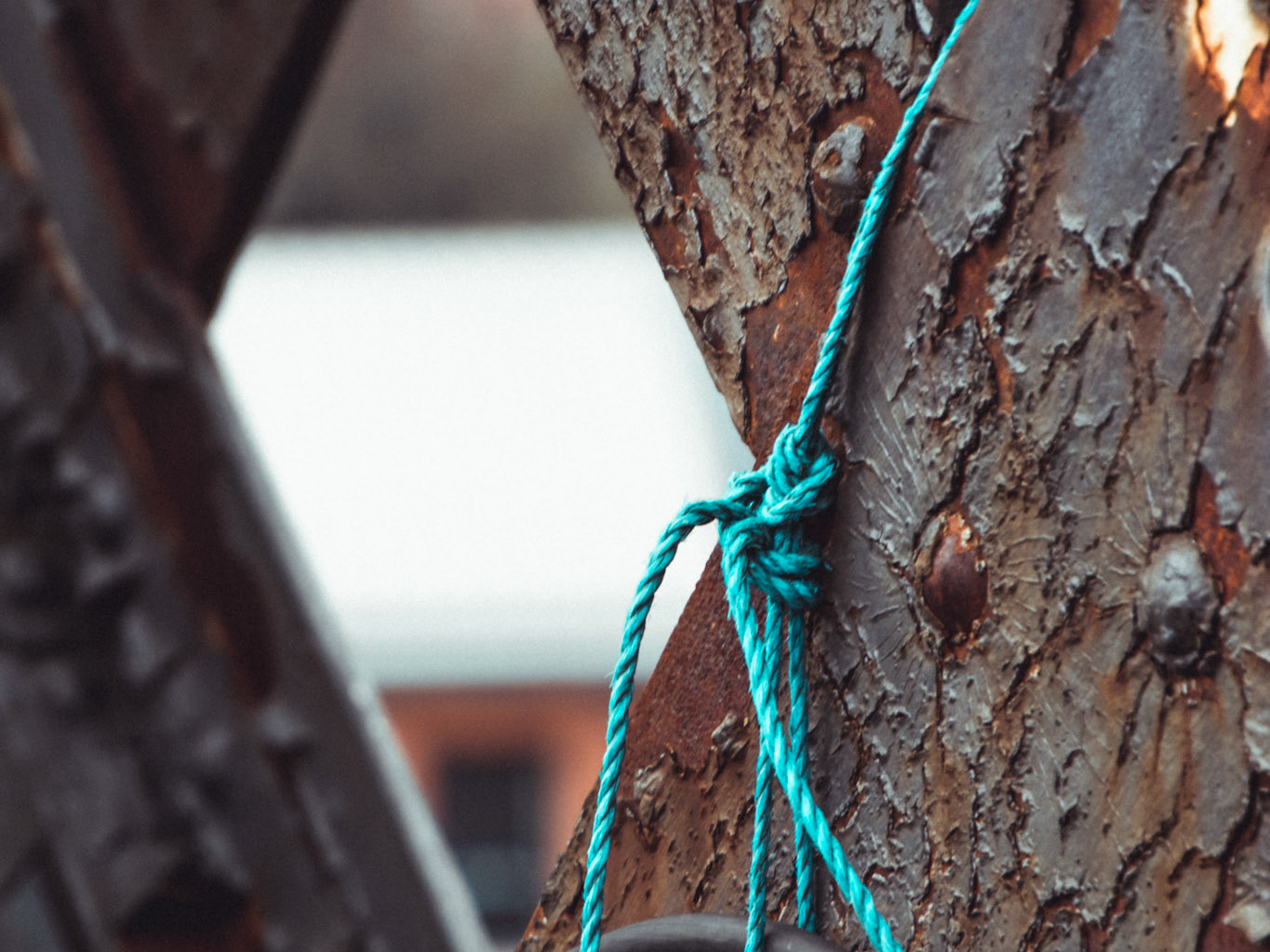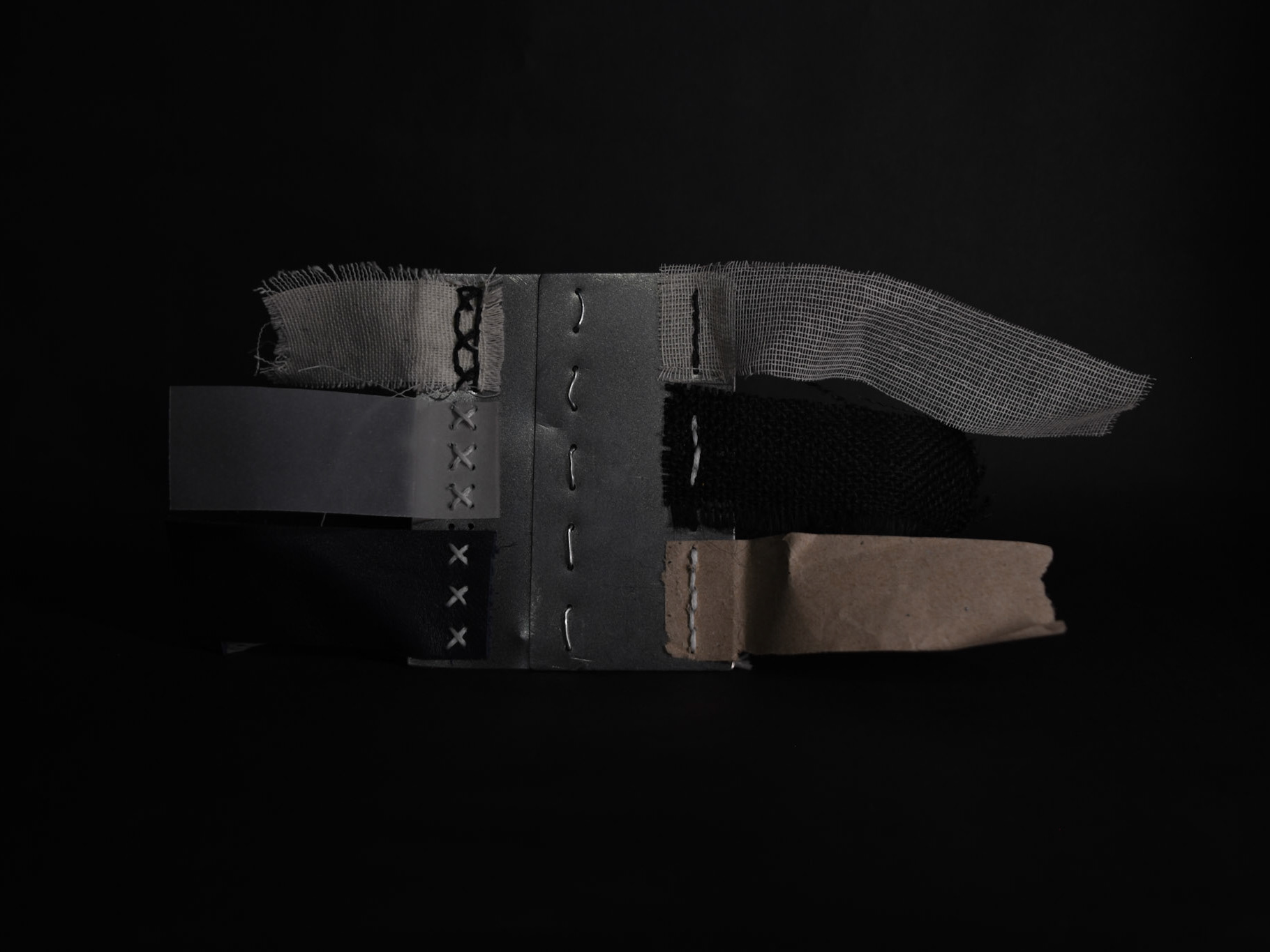During my visit to NOMA, I focused of the physical boundaries and the way that the space was divided up. Initially focusing on the architecture, both old and new looking at the interaction between each building and the skylines. Spending more time walking around the space I experienced the changes in weather and its effect on the lighting. I recorded this and found that the lighting played an important role in dividing the spaces up and bringing others together. I discovered that the way the courtyard and streets interacted with the light changed my experience and mood. When the streets would fill with sunlight and the buildings' details cast intricate shadows, there was a sense of invitation and intrigue to explore. However, when the sun faded, the space became harsh and the buildings became a burden due to the scale and lack of colours.
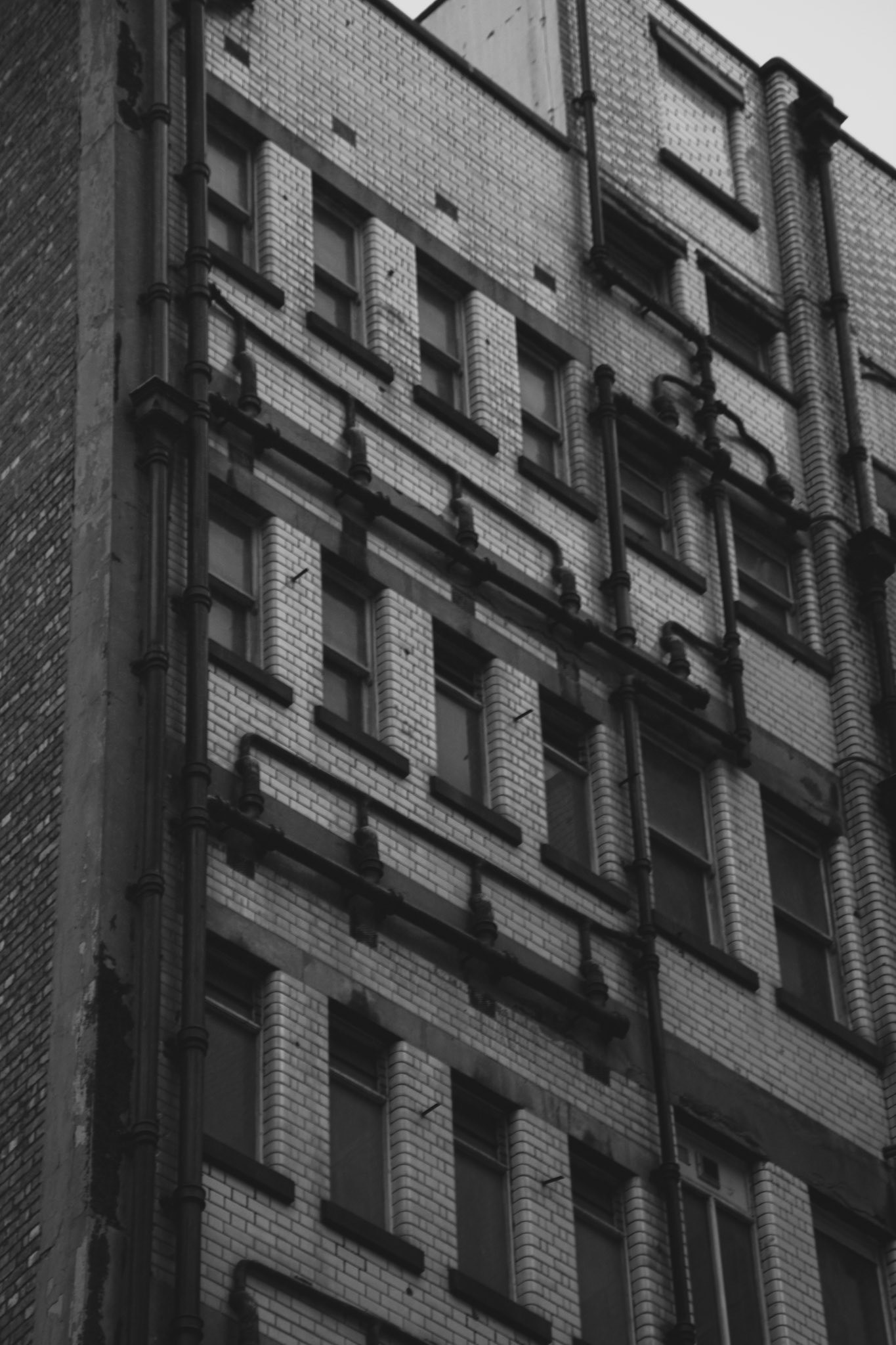
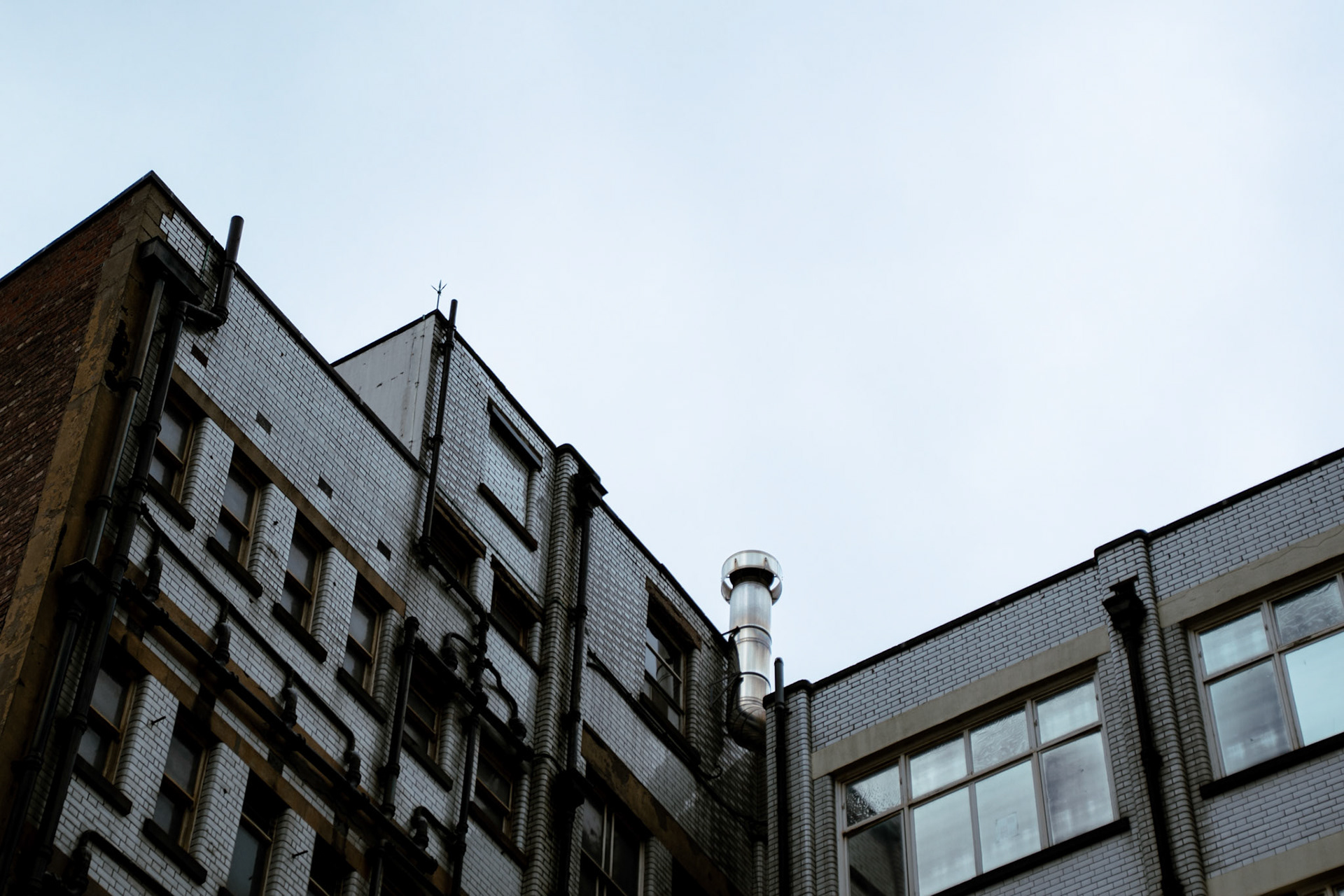
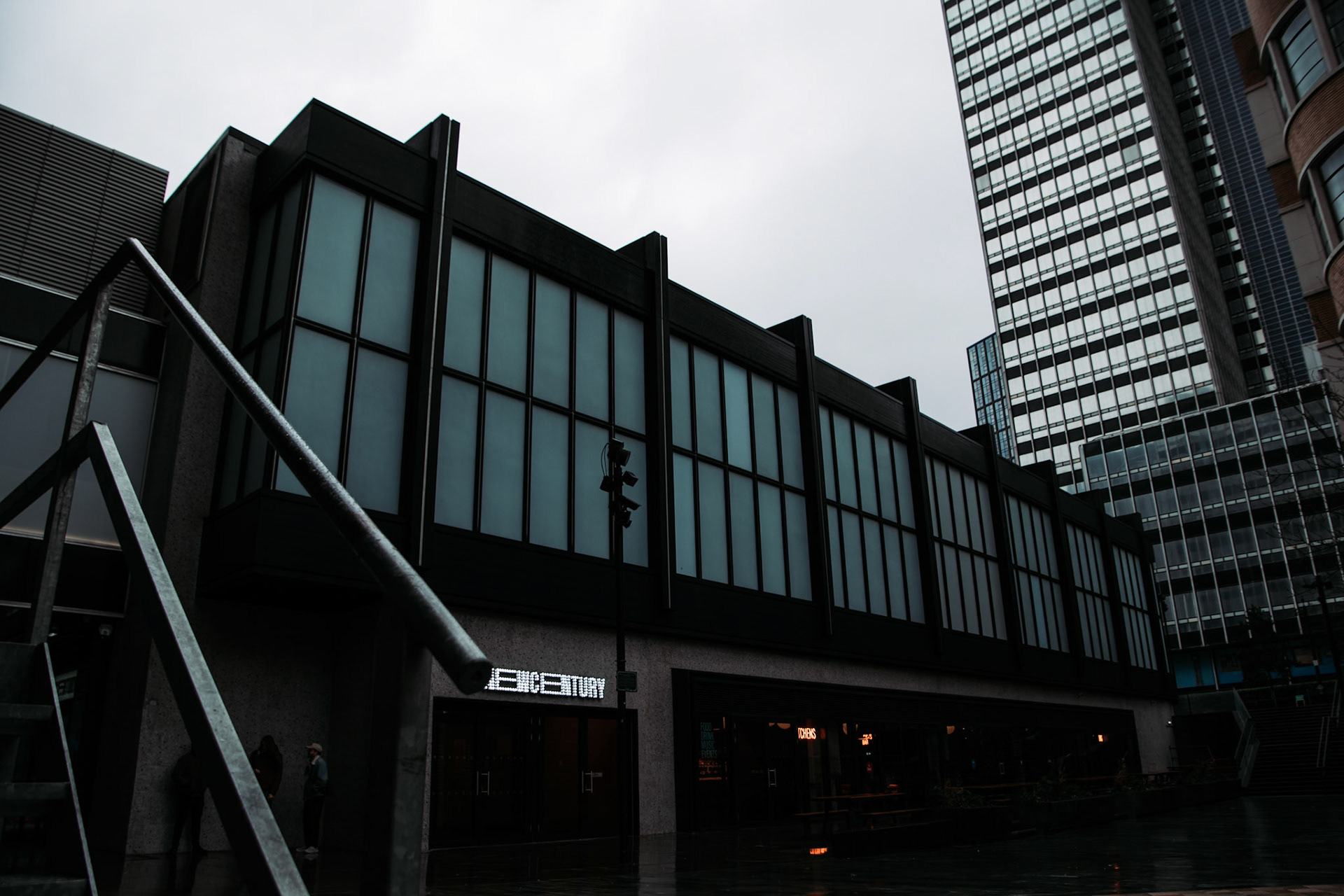
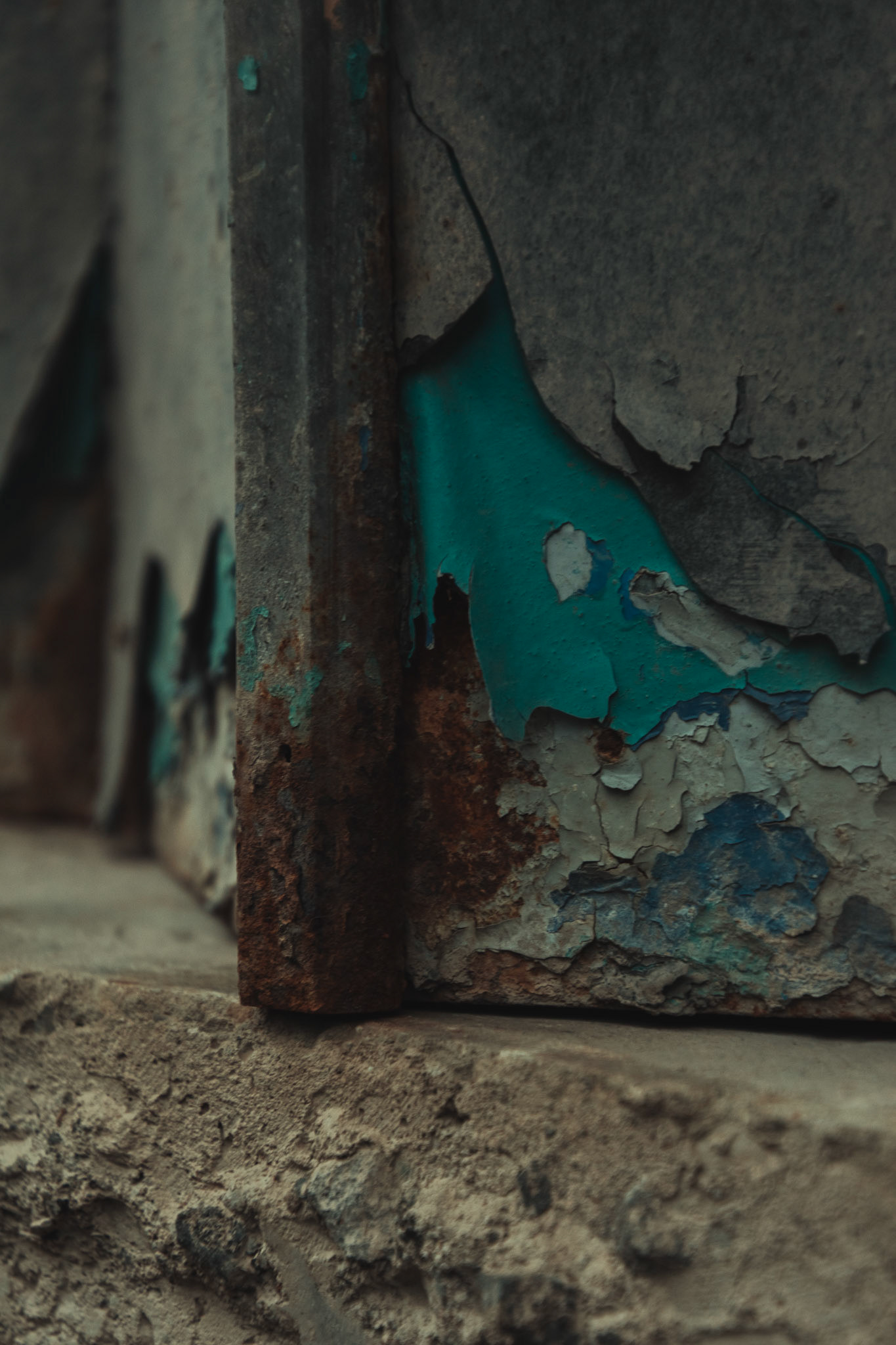
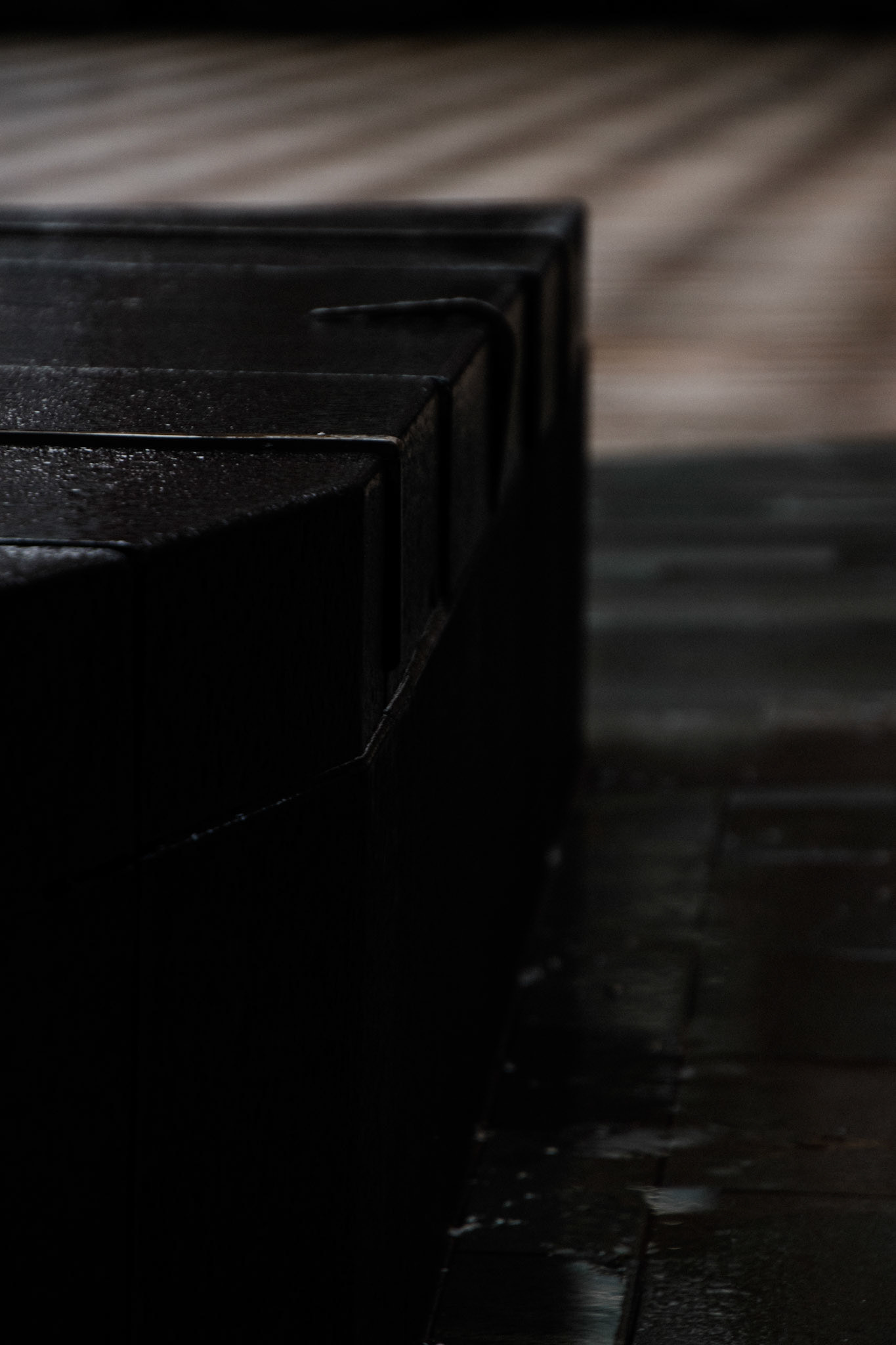
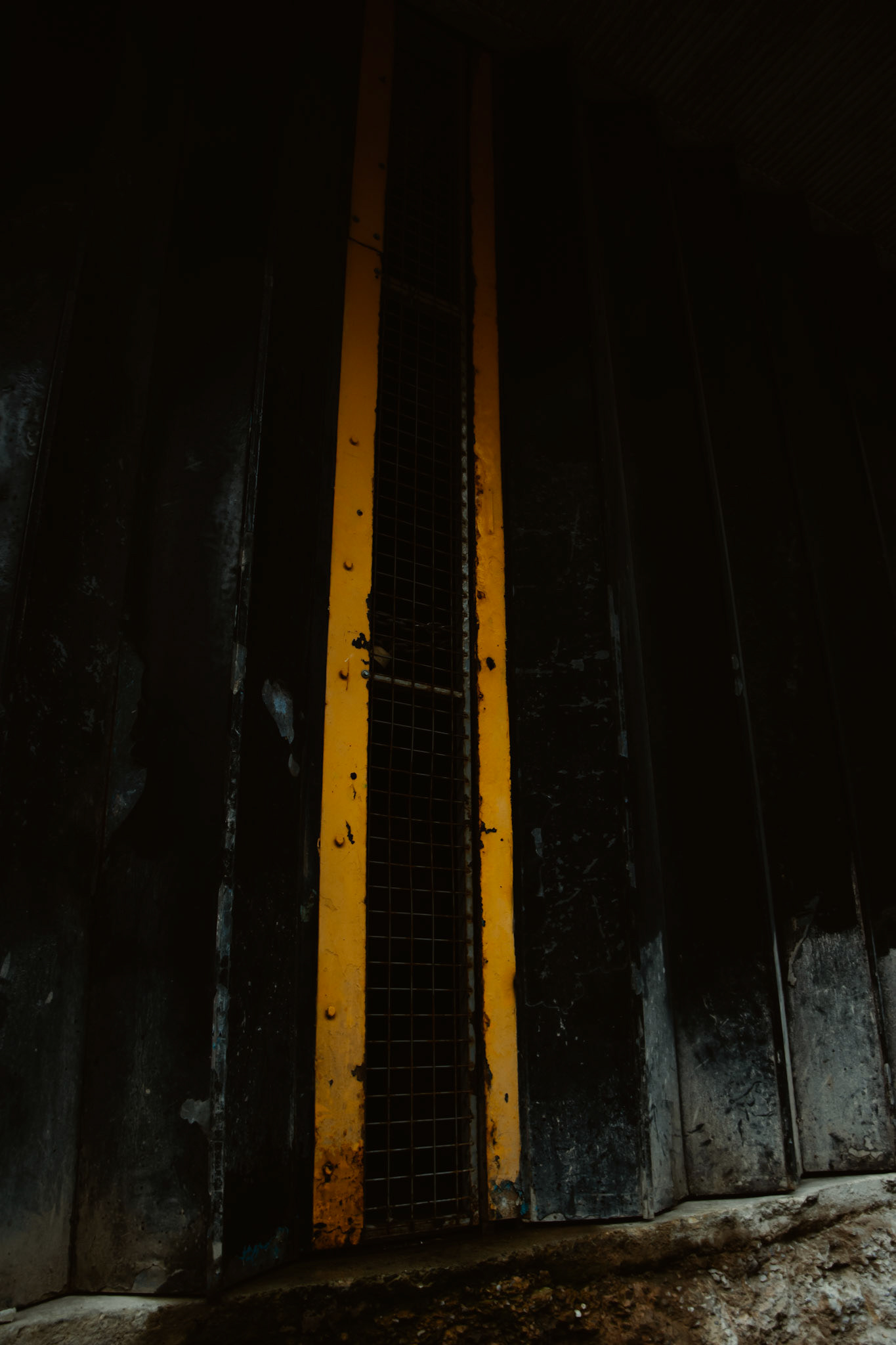
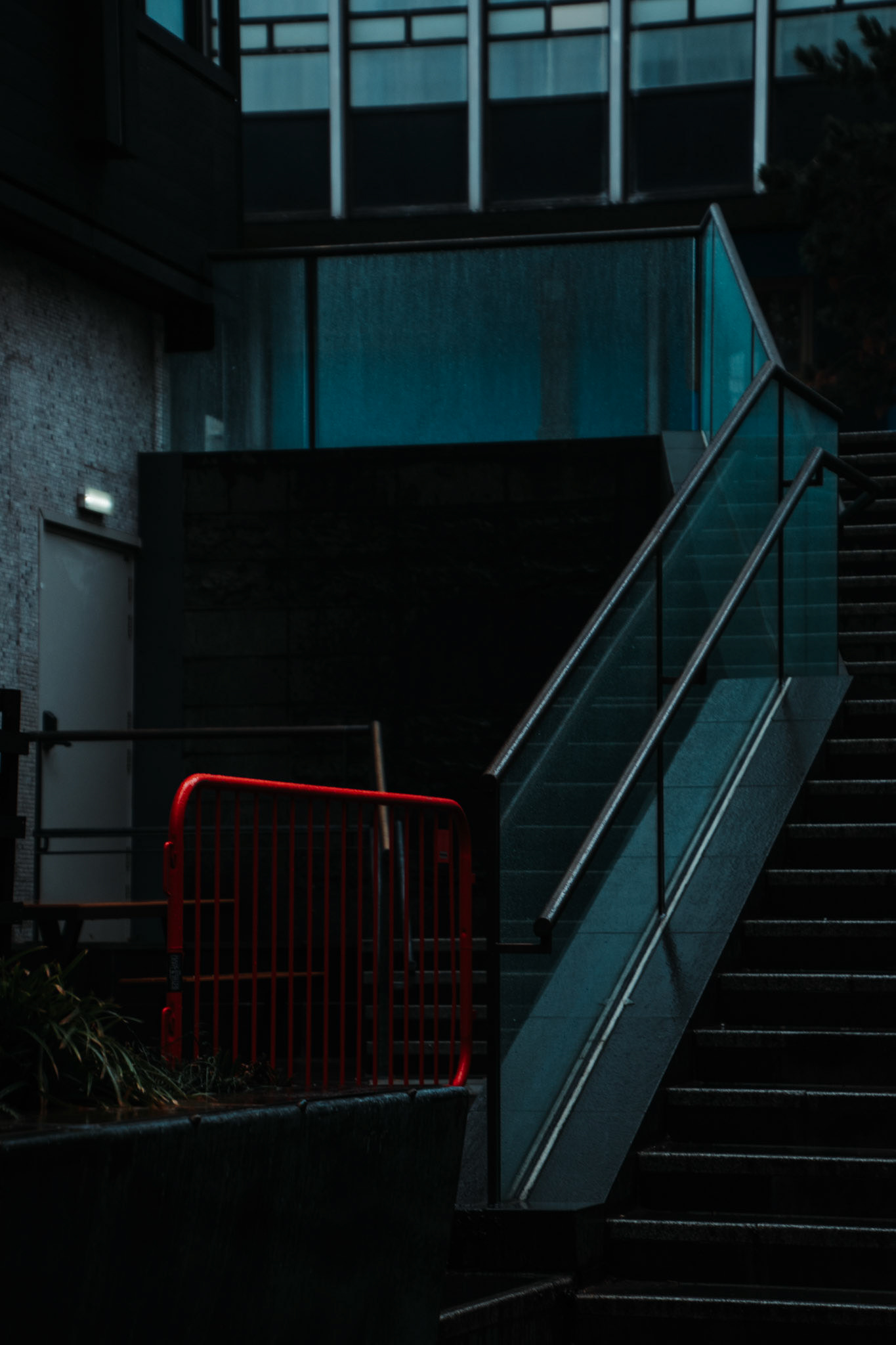
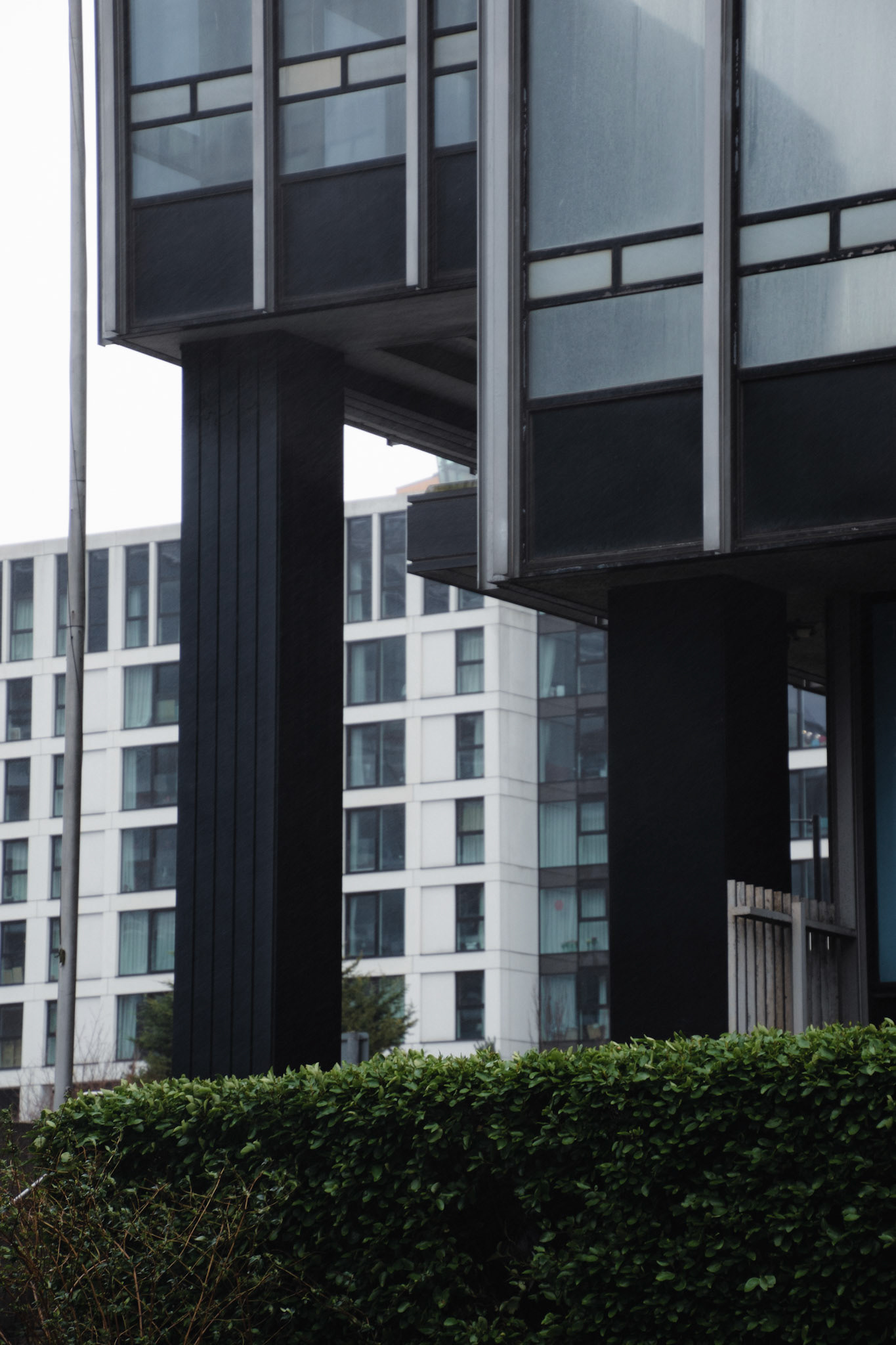
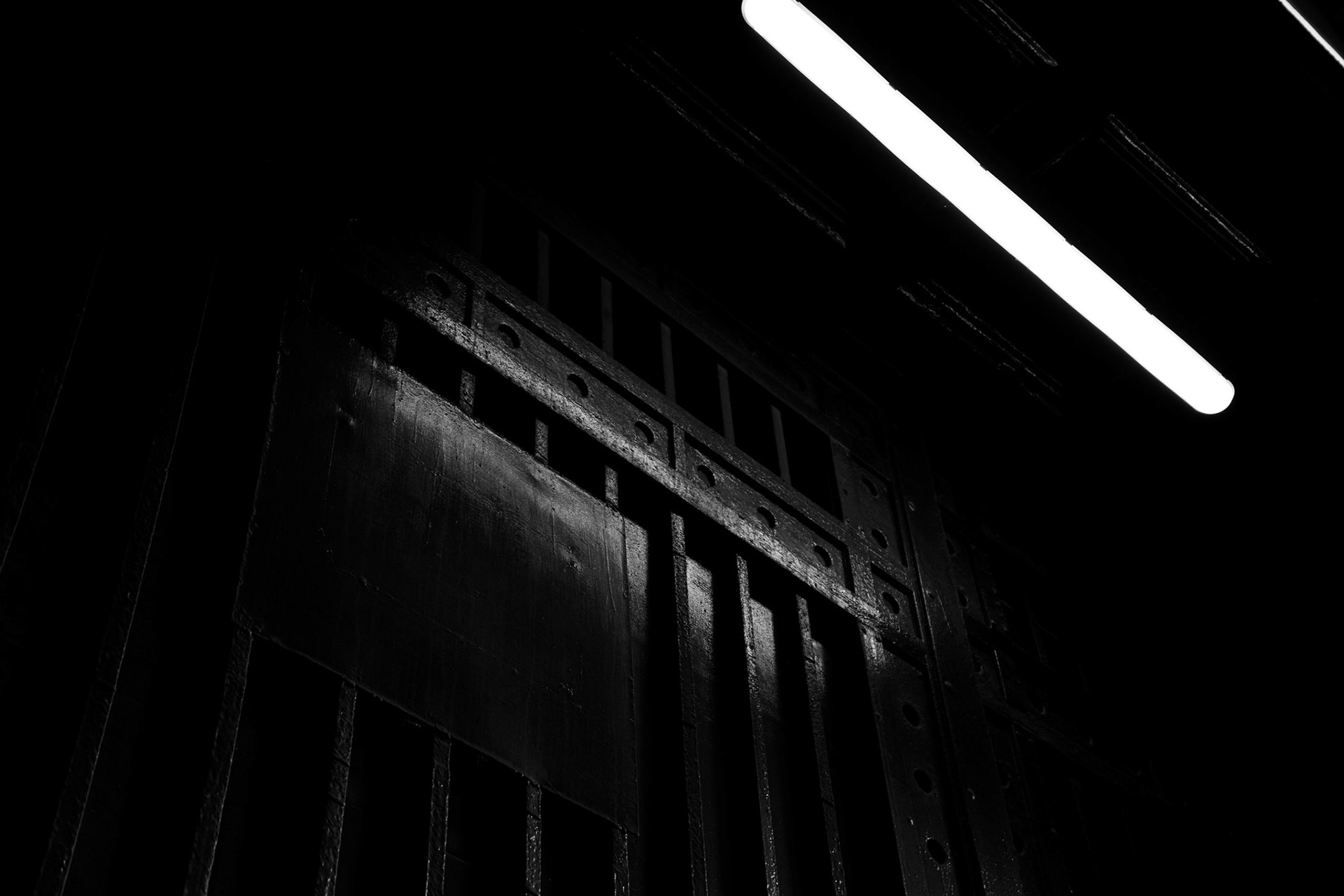
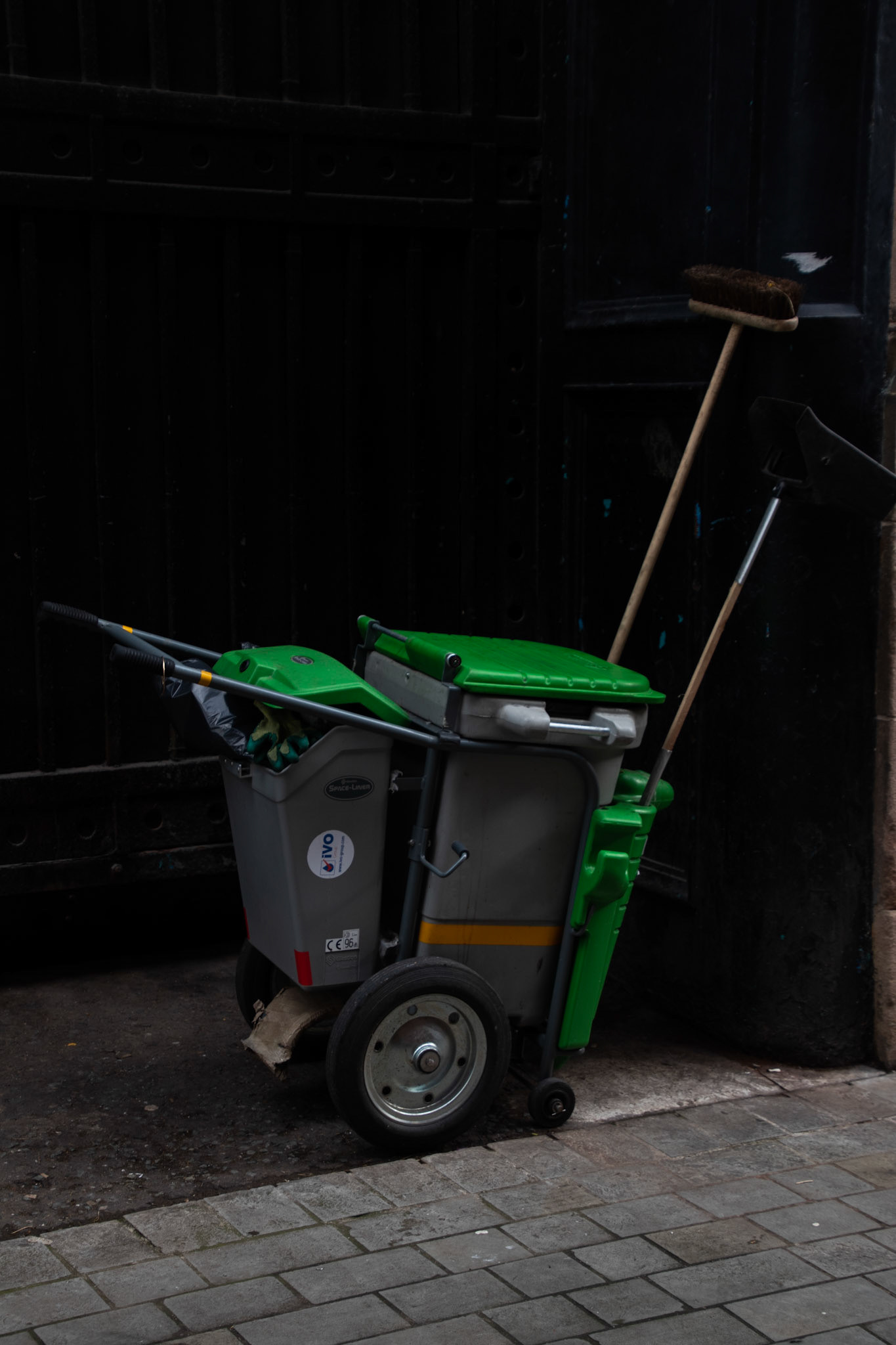
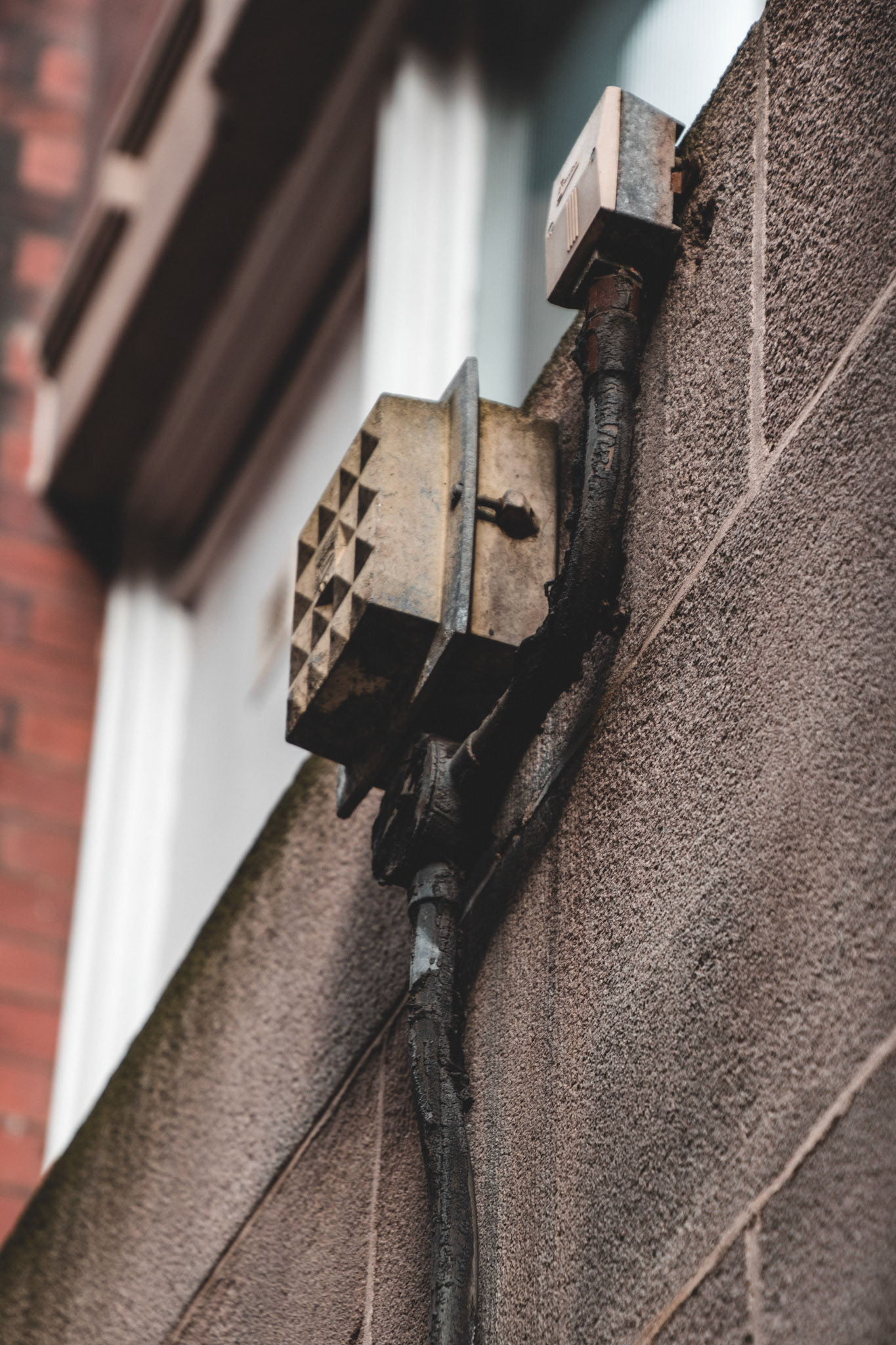

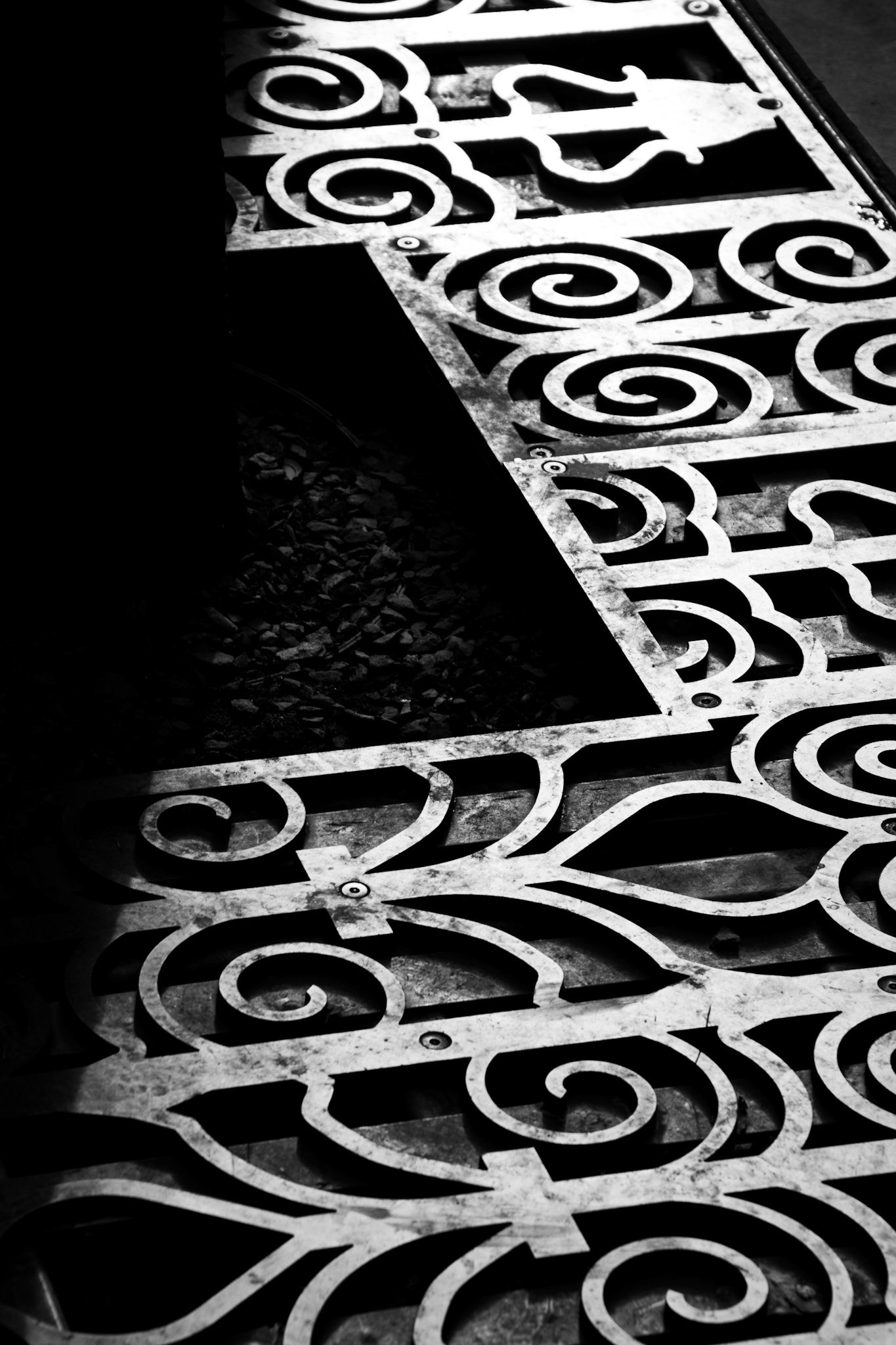
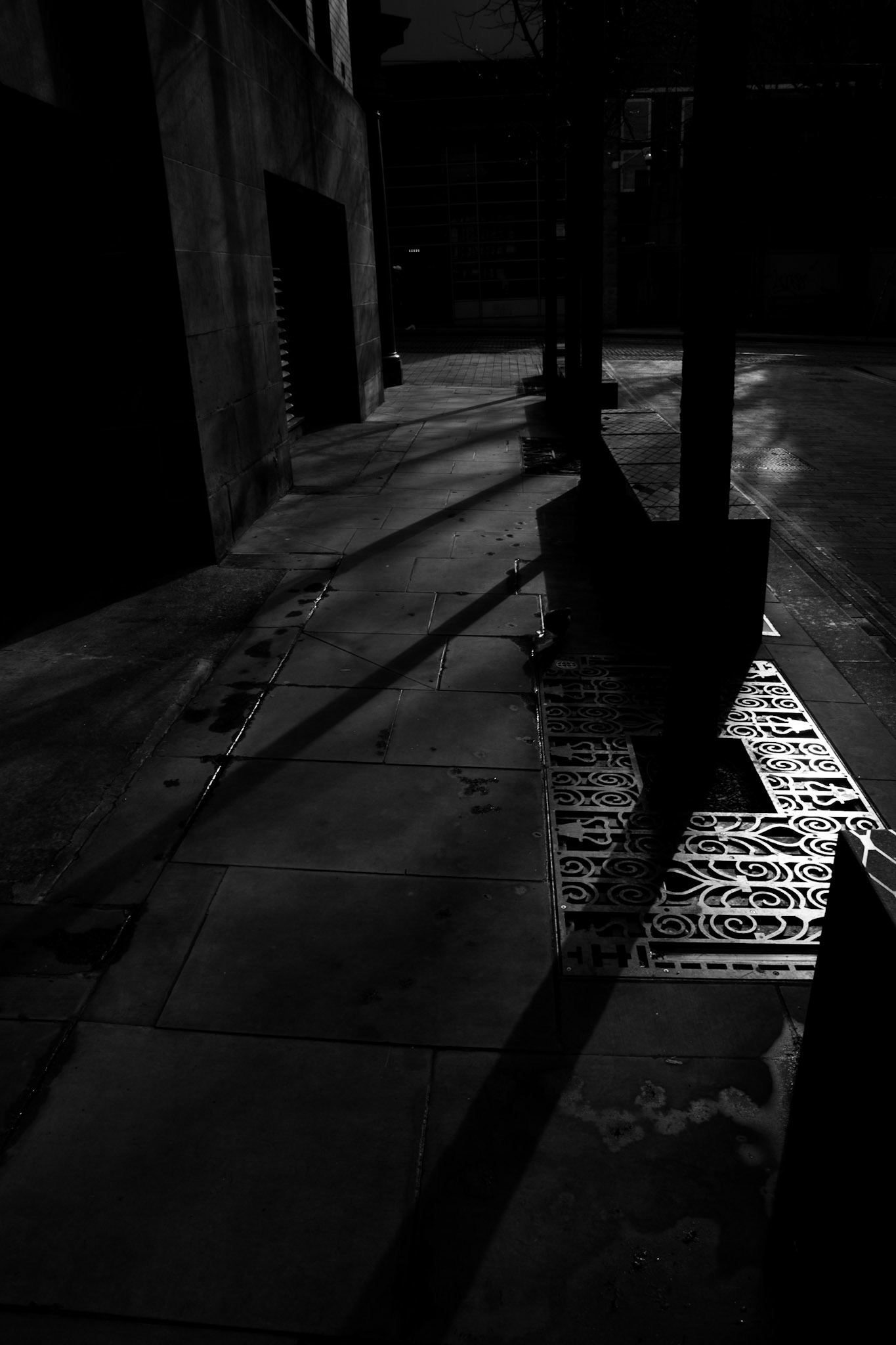
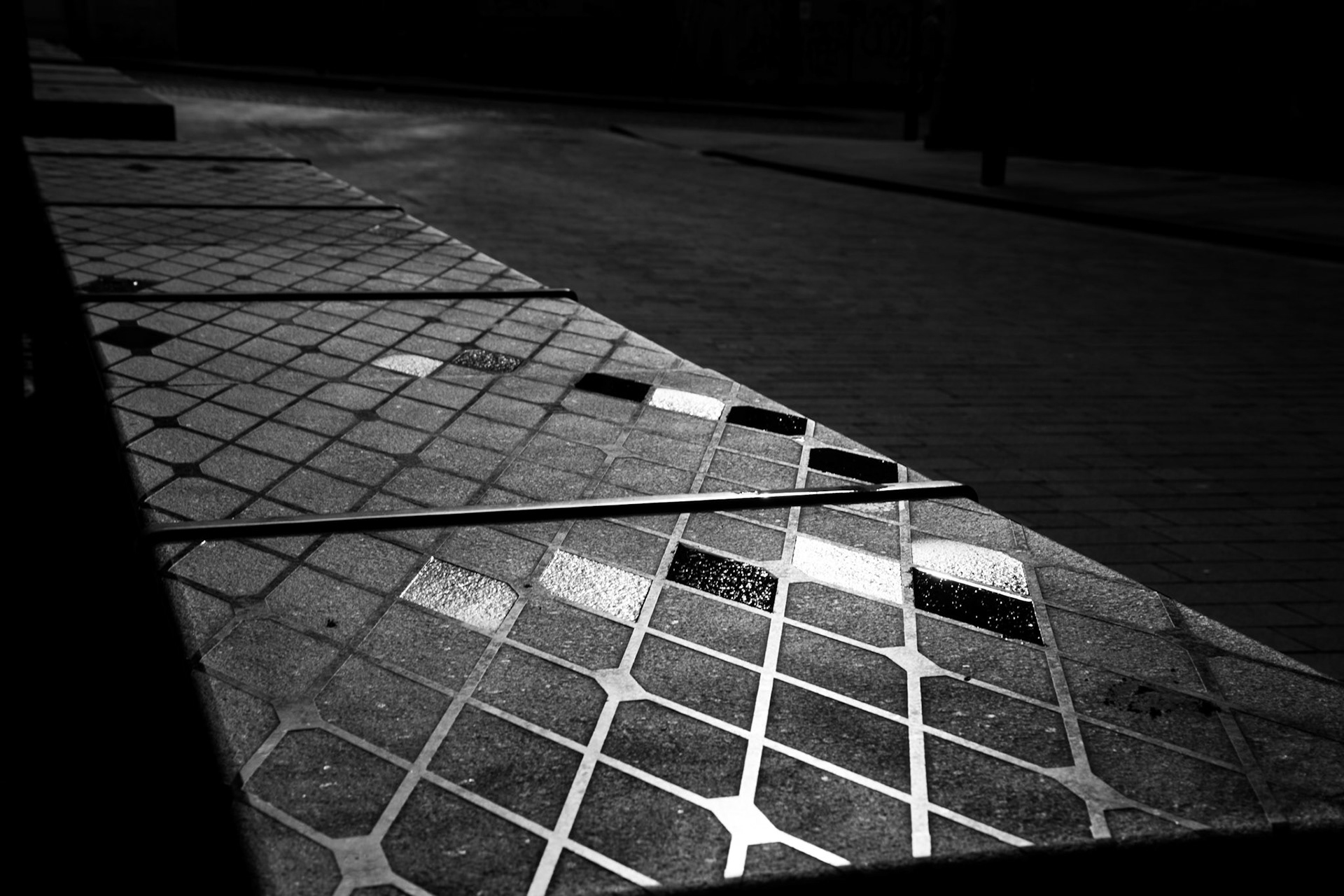
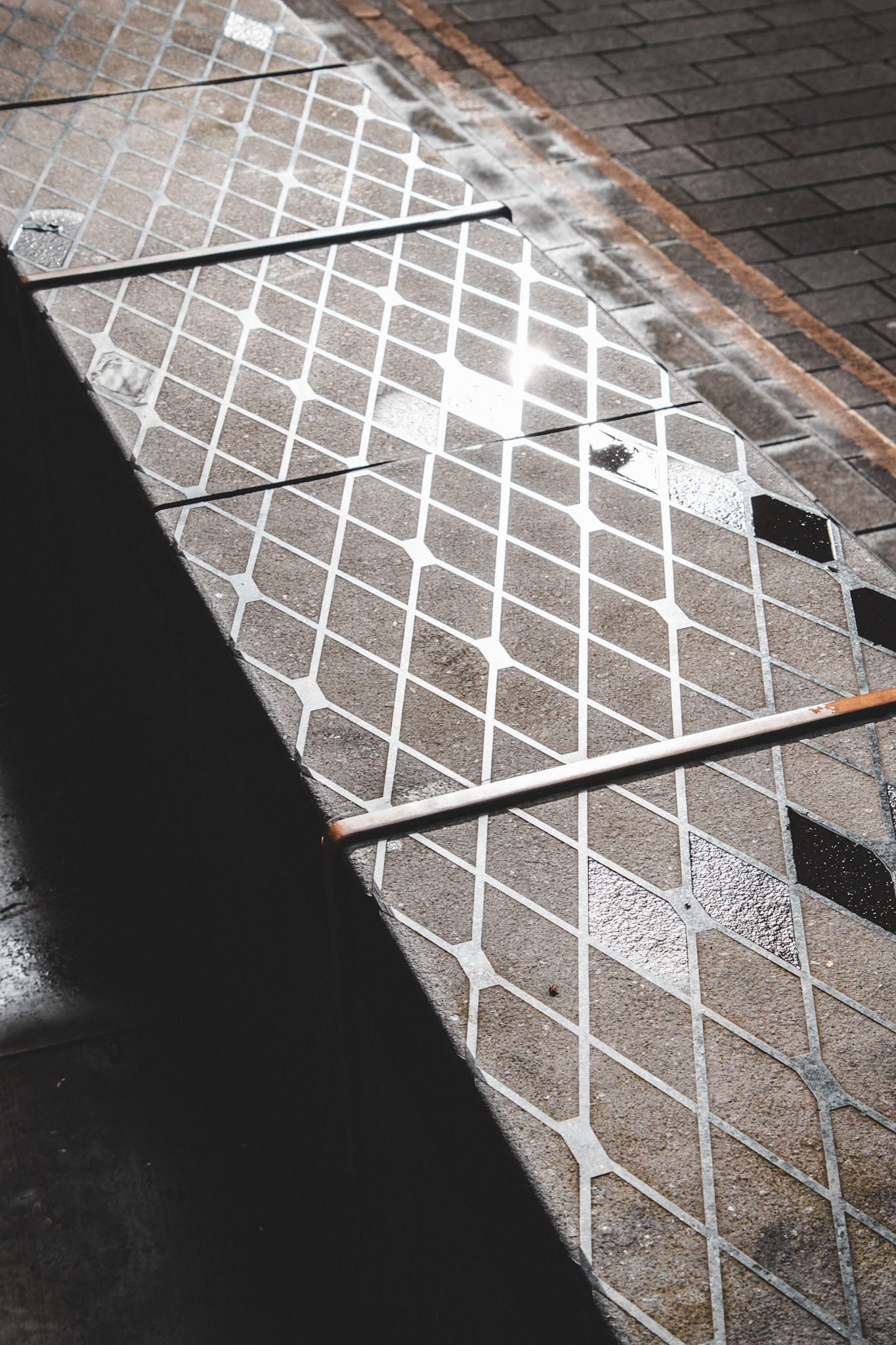
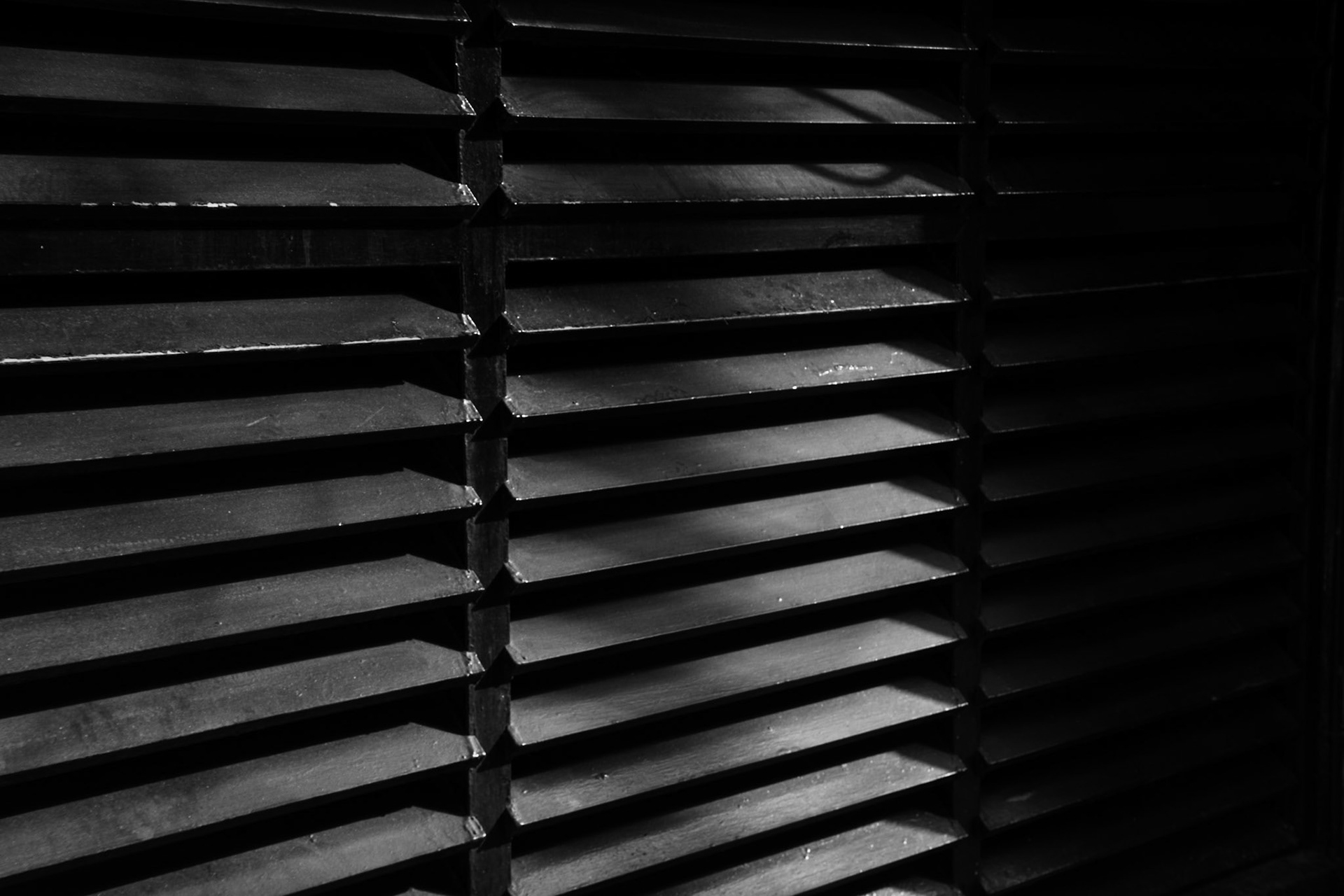
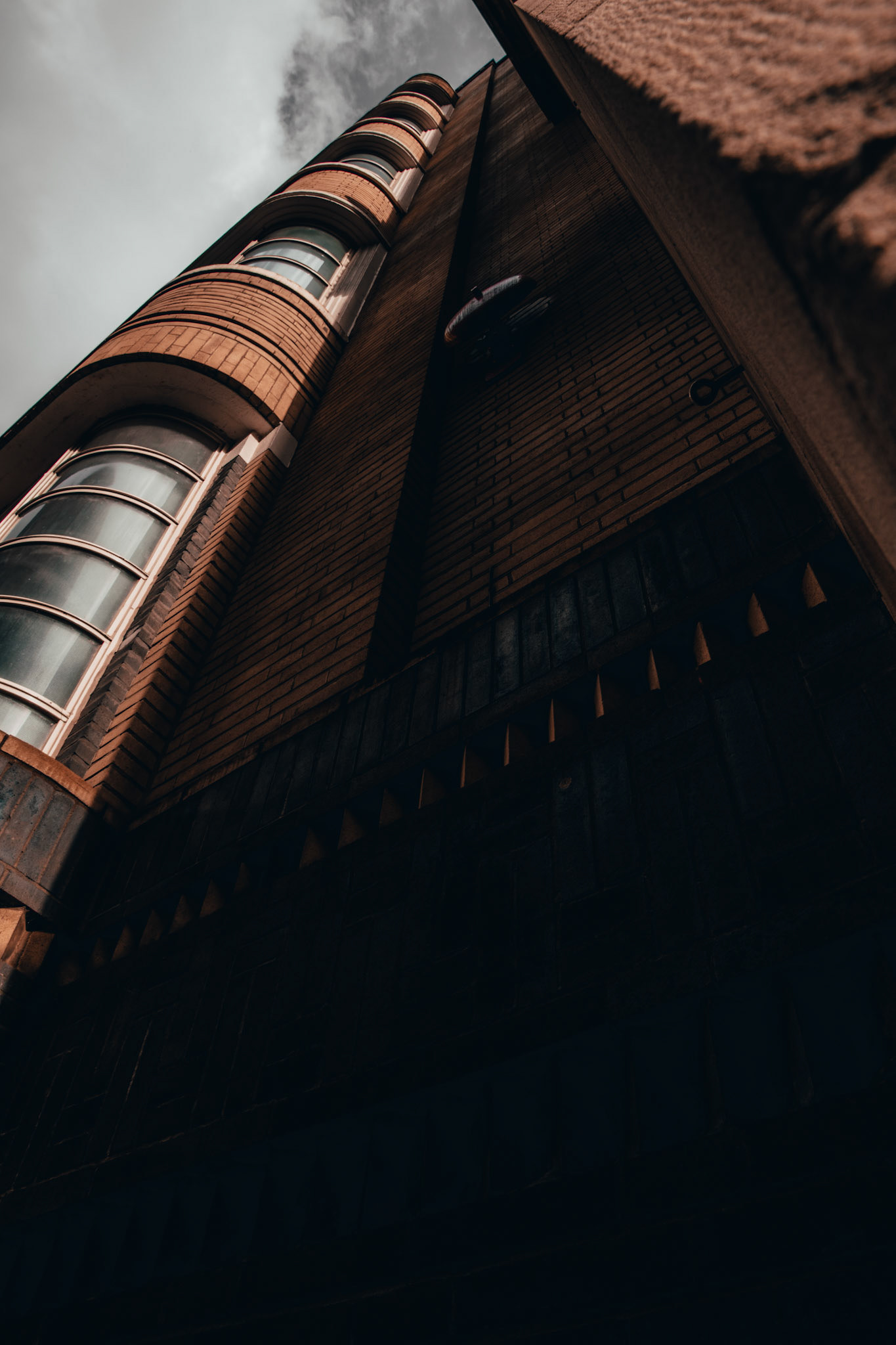
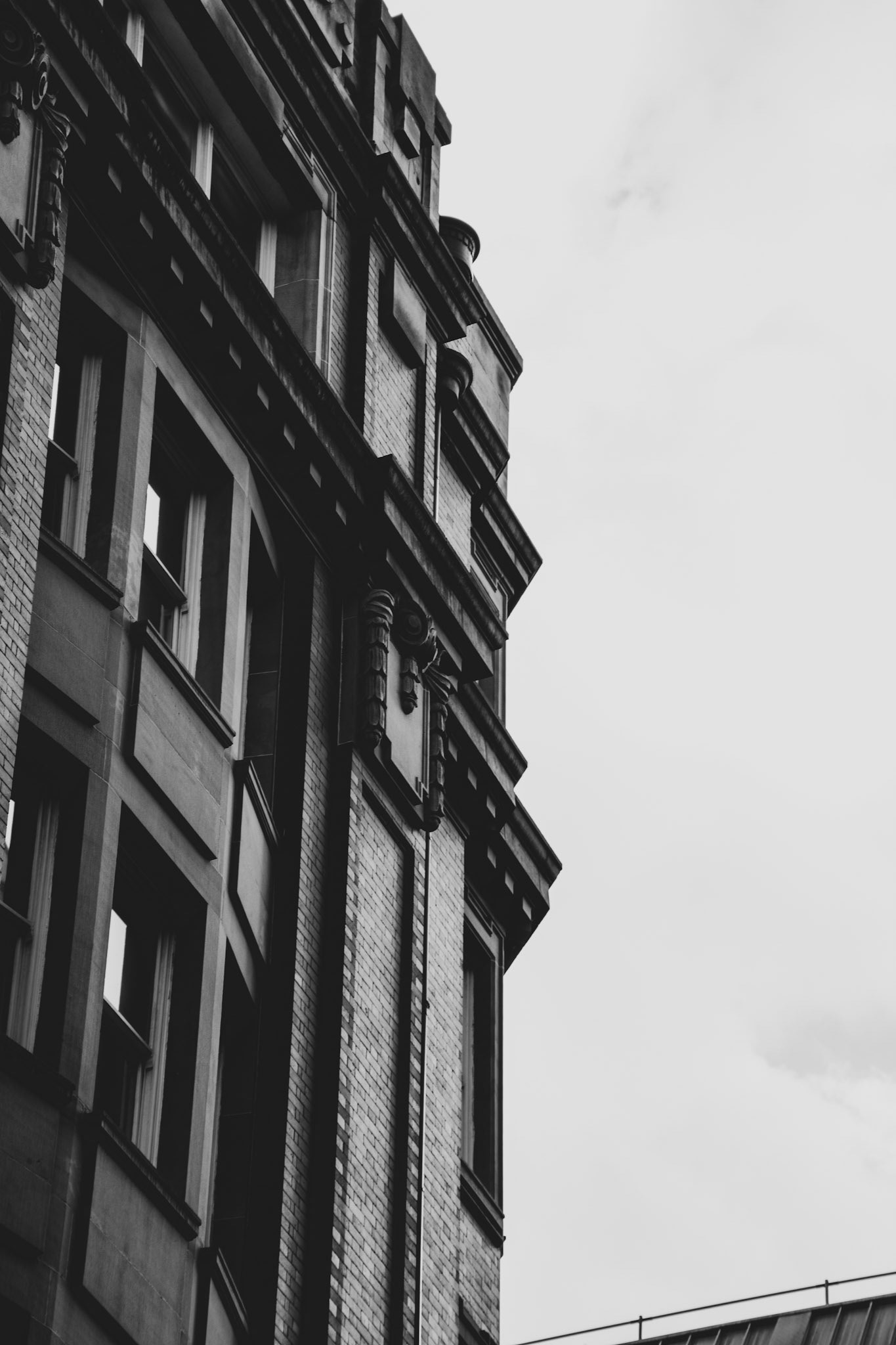




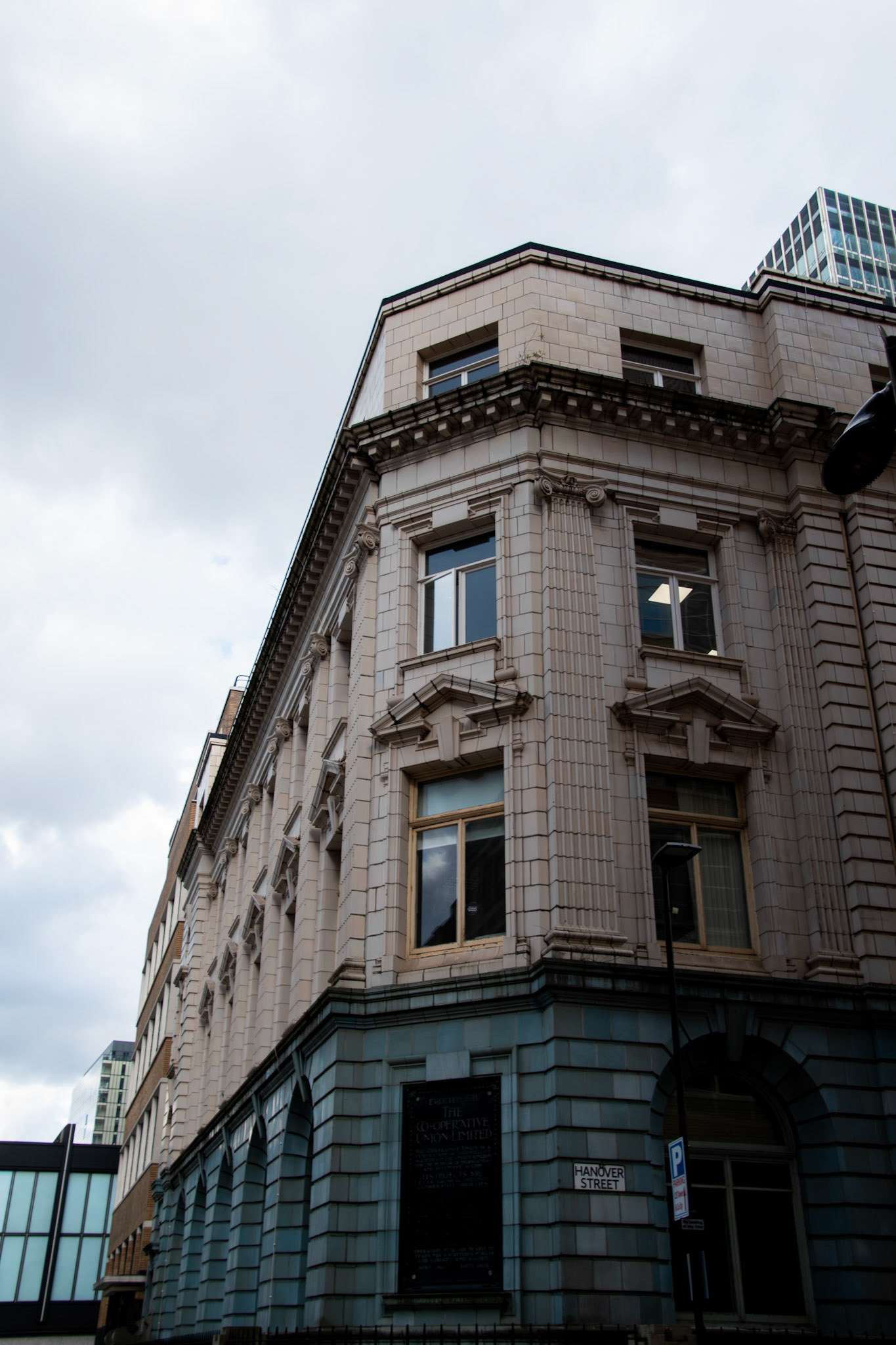
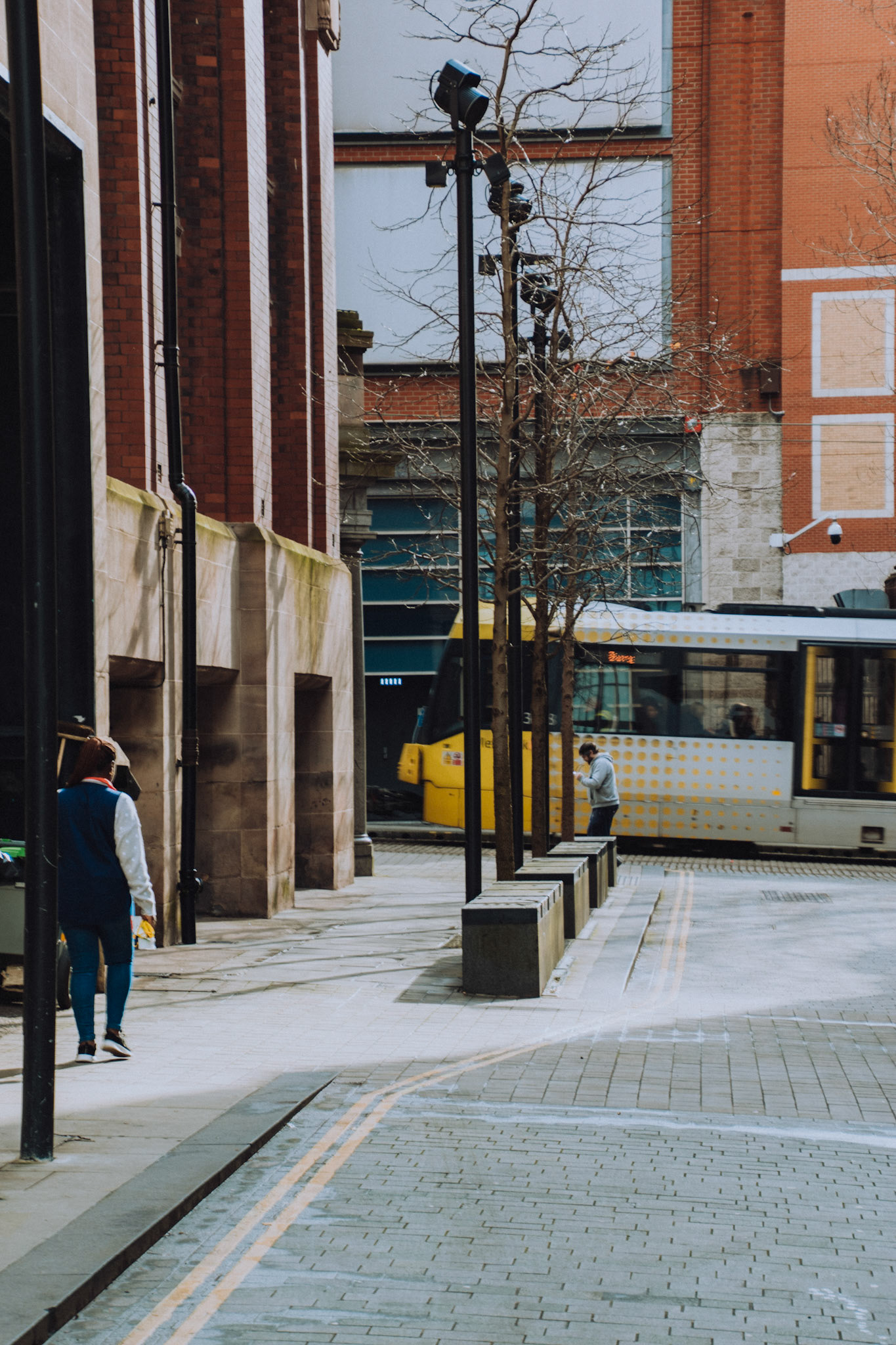

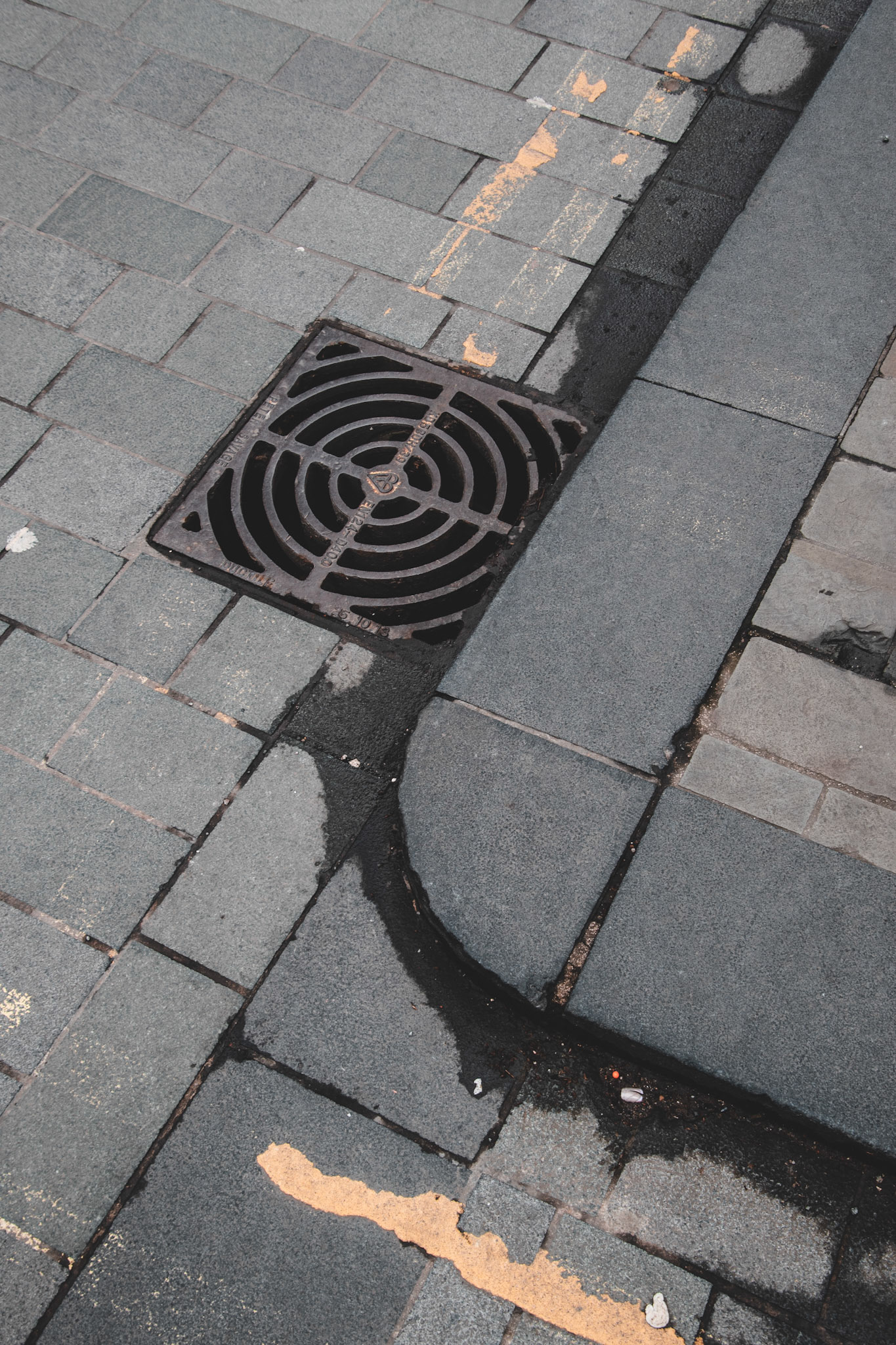







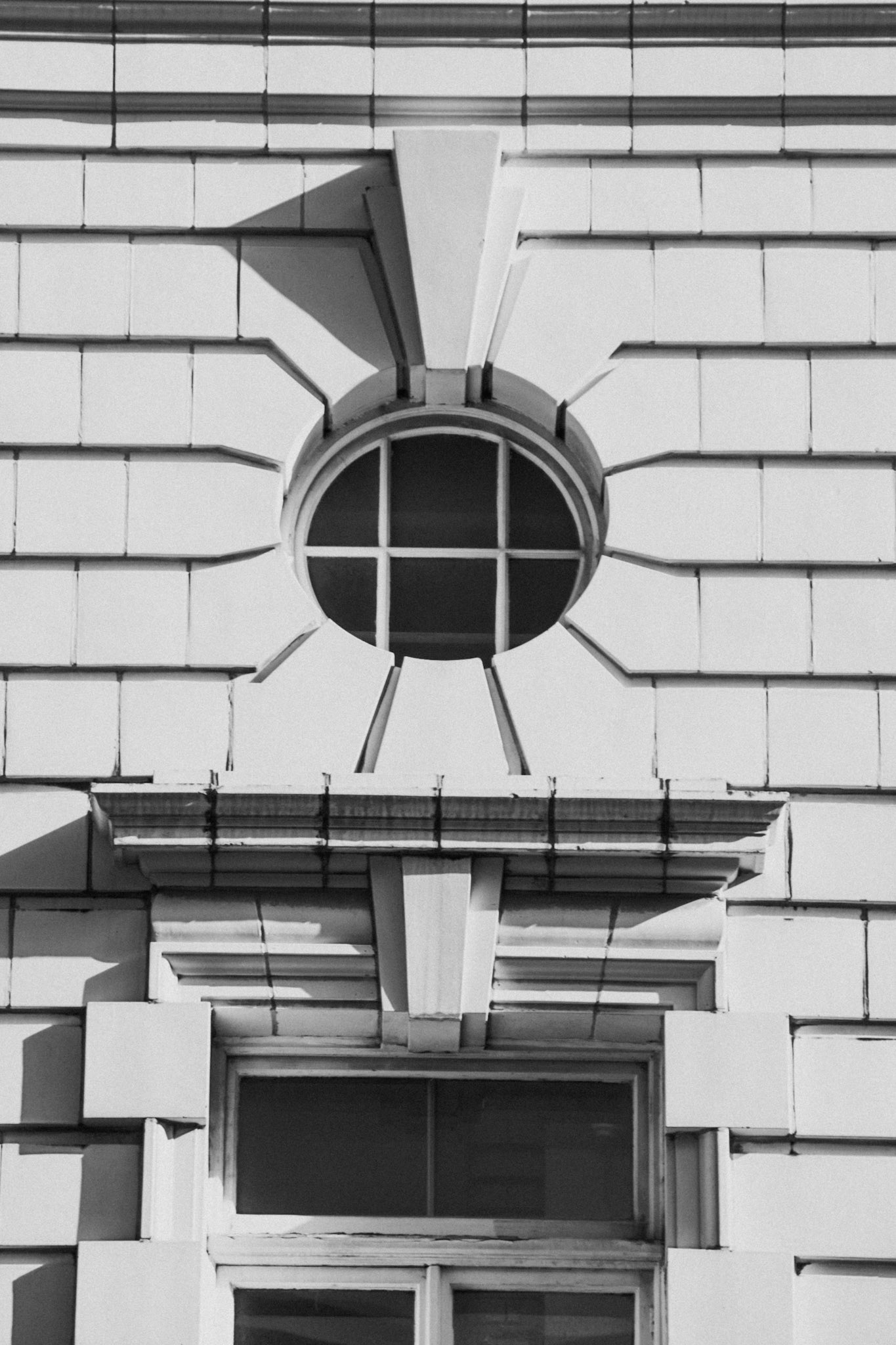
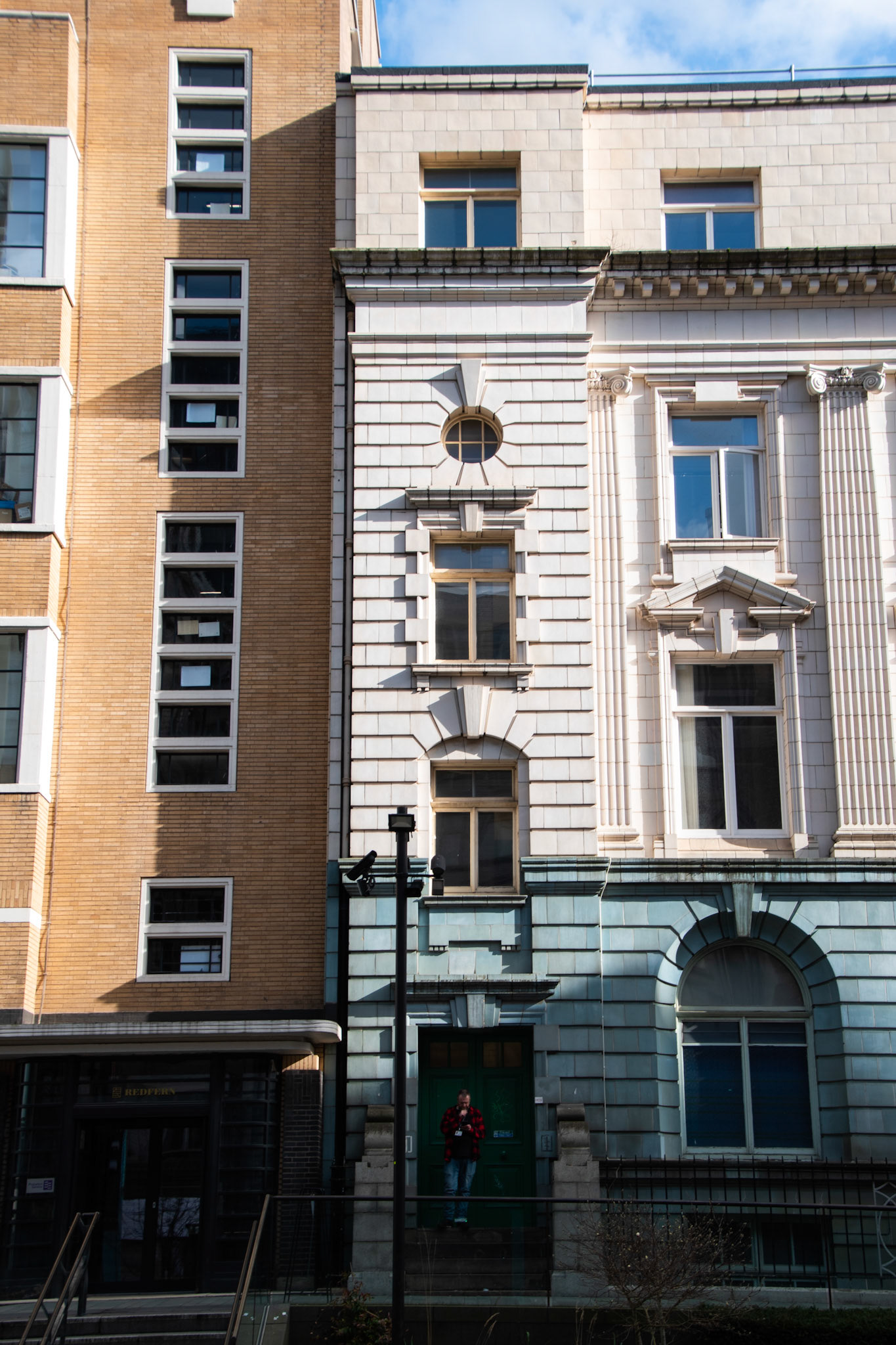

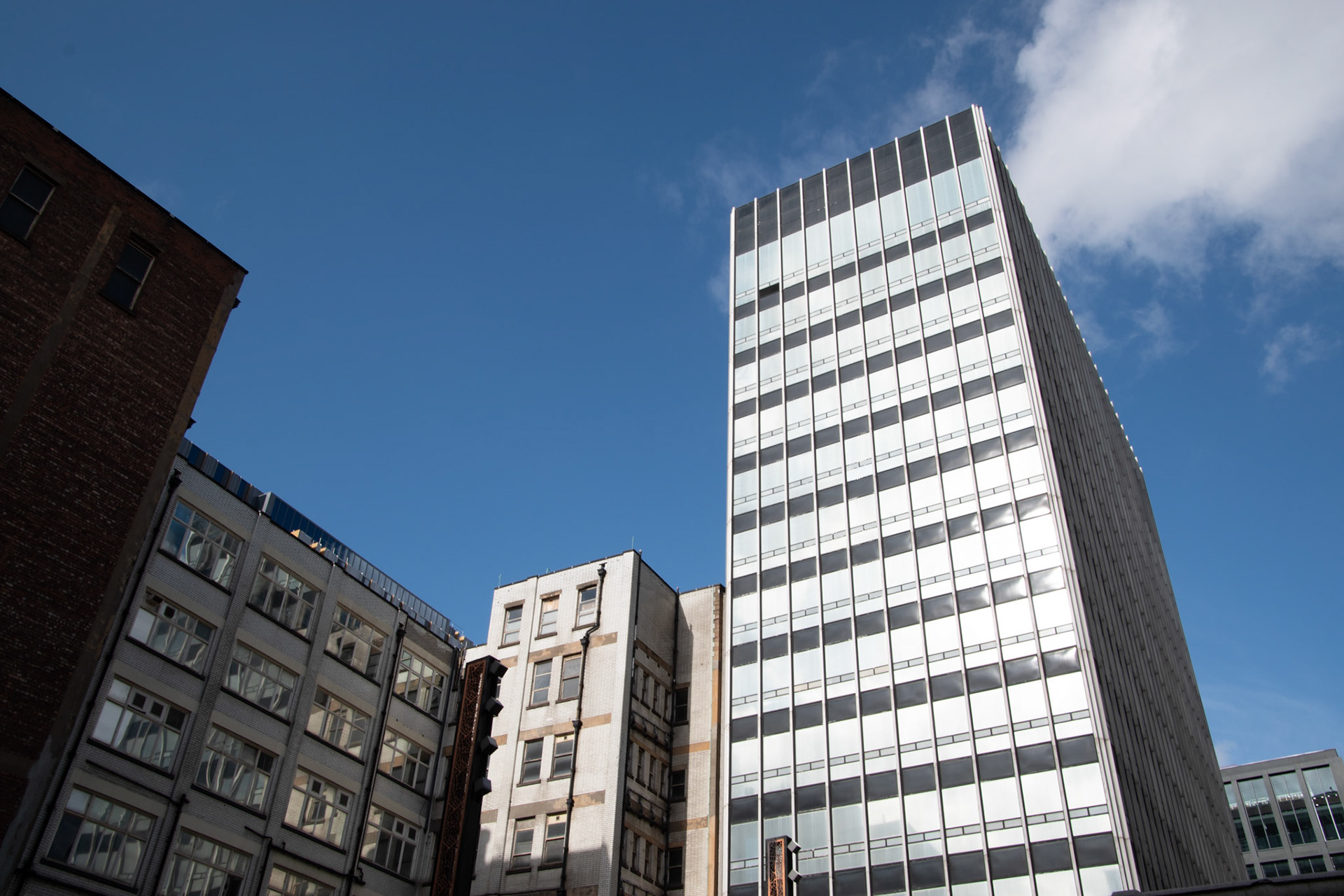
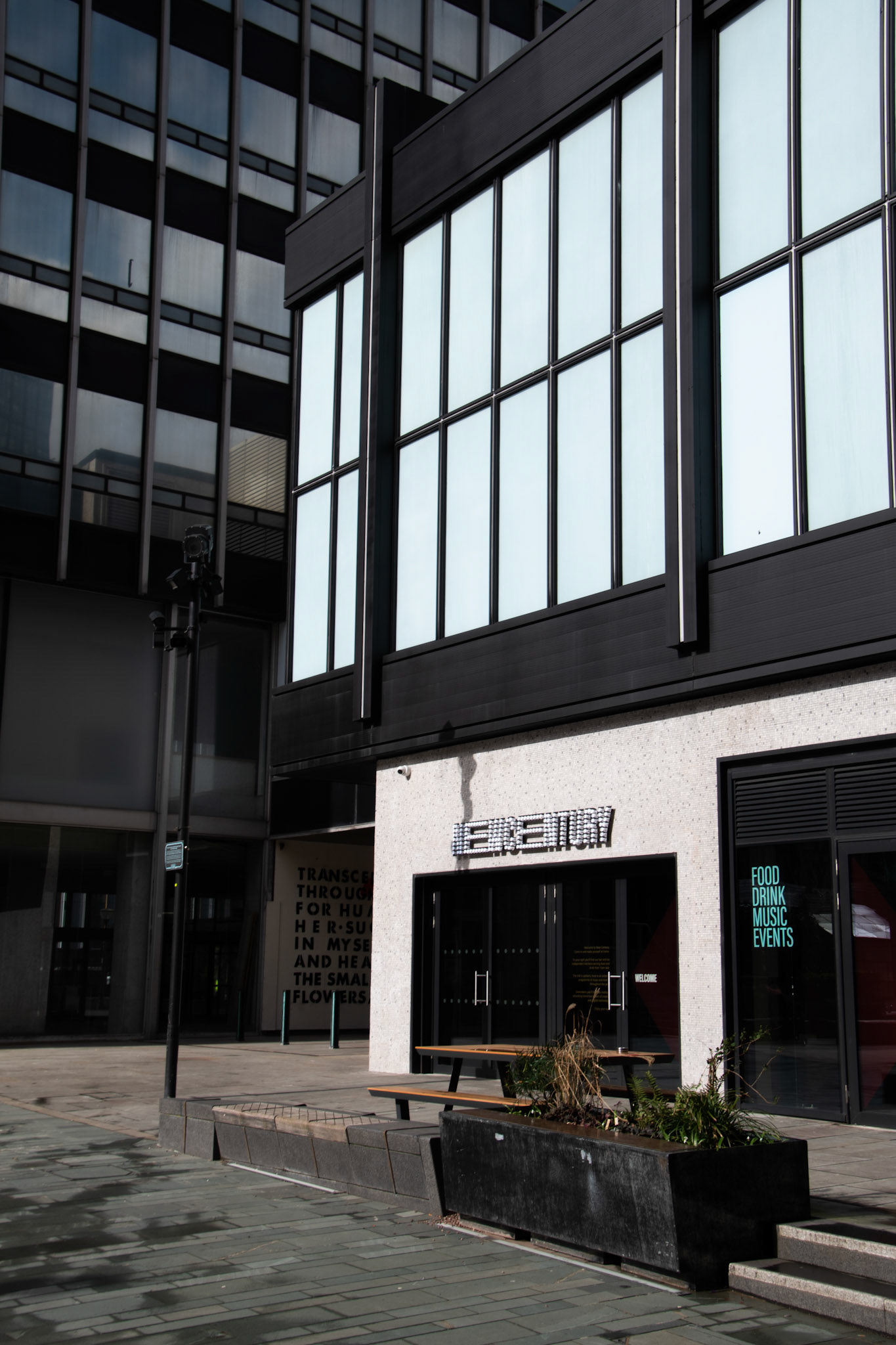
Recording the connections in the architecture at NOMA. I found that these were more about meeting points and surfaces coming together compared to Castlefield where the connections were structural and primarily between objects.

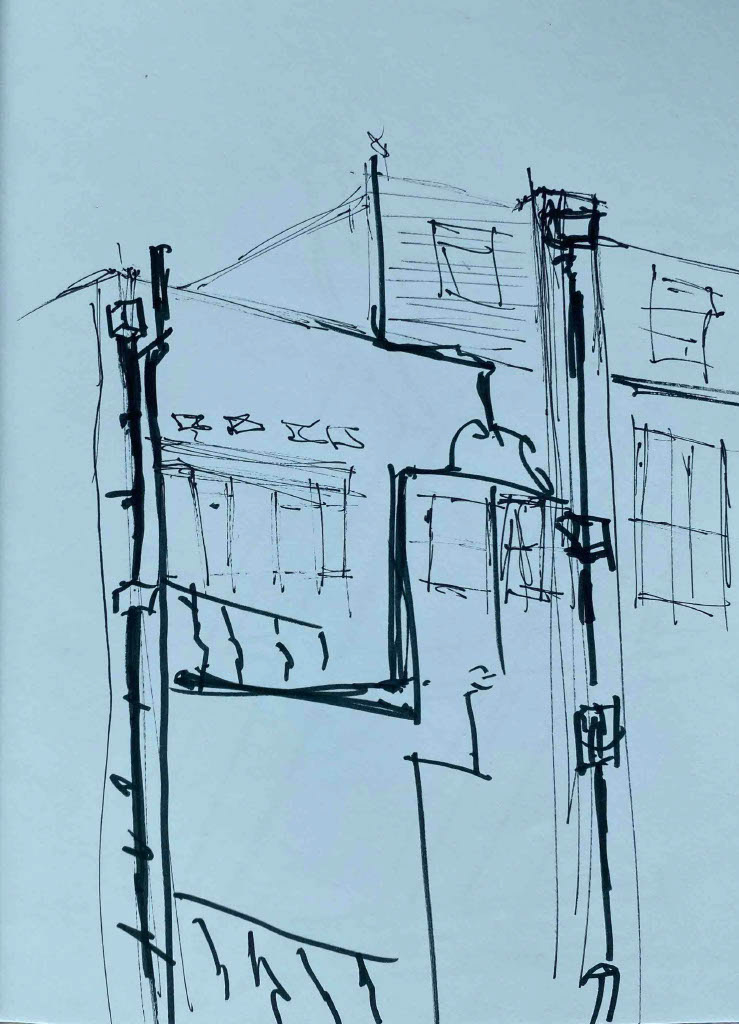
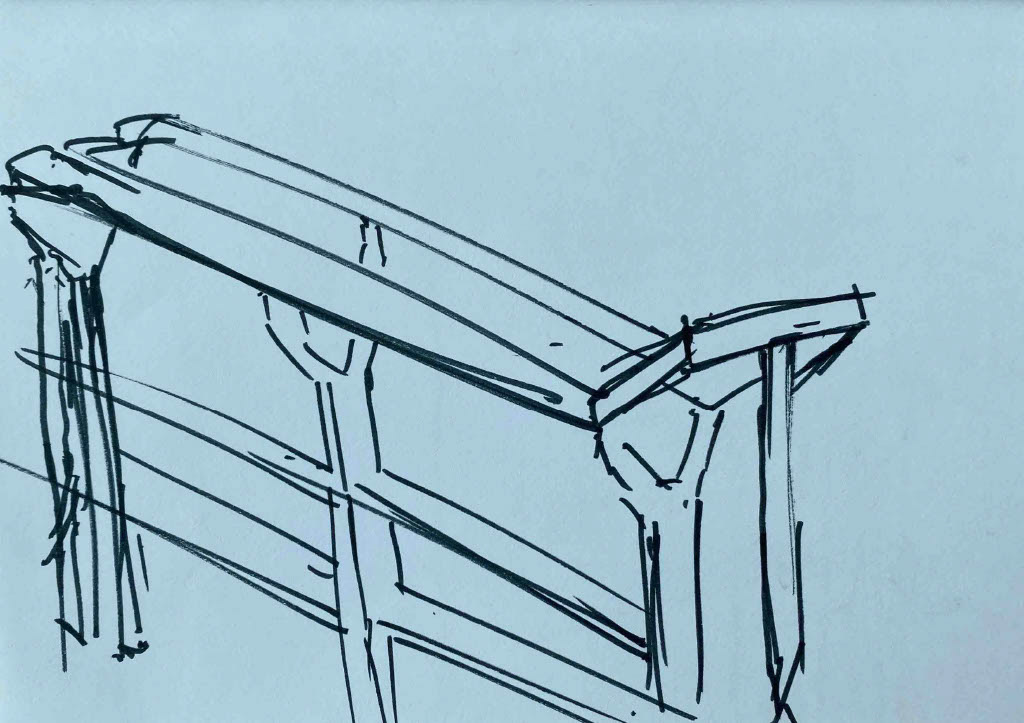


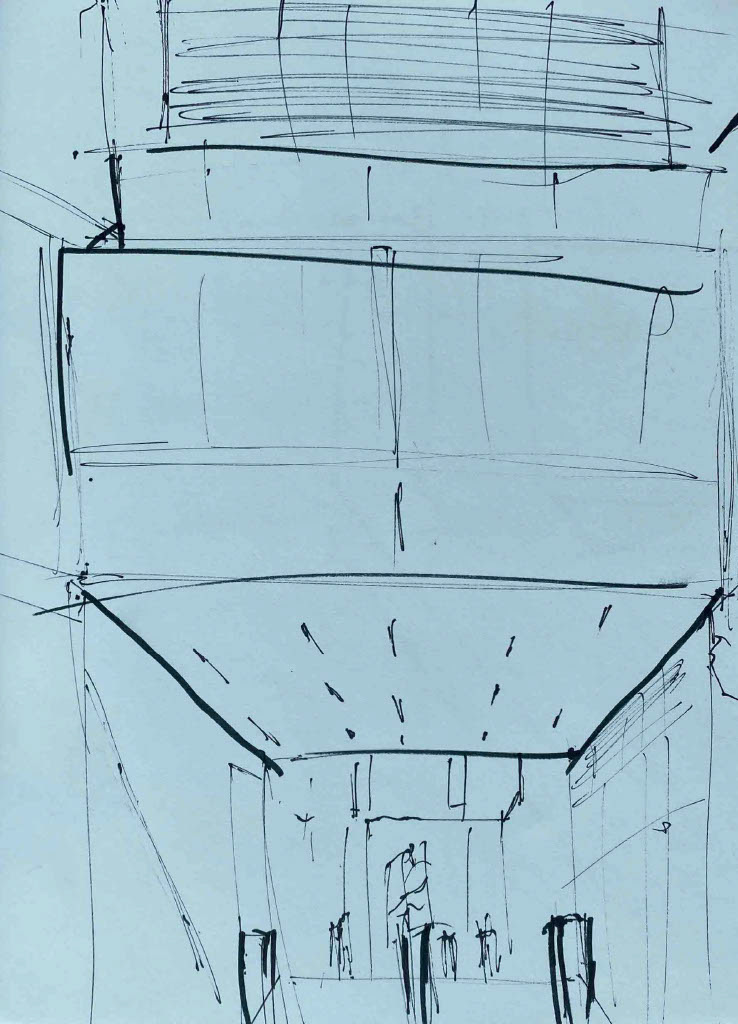


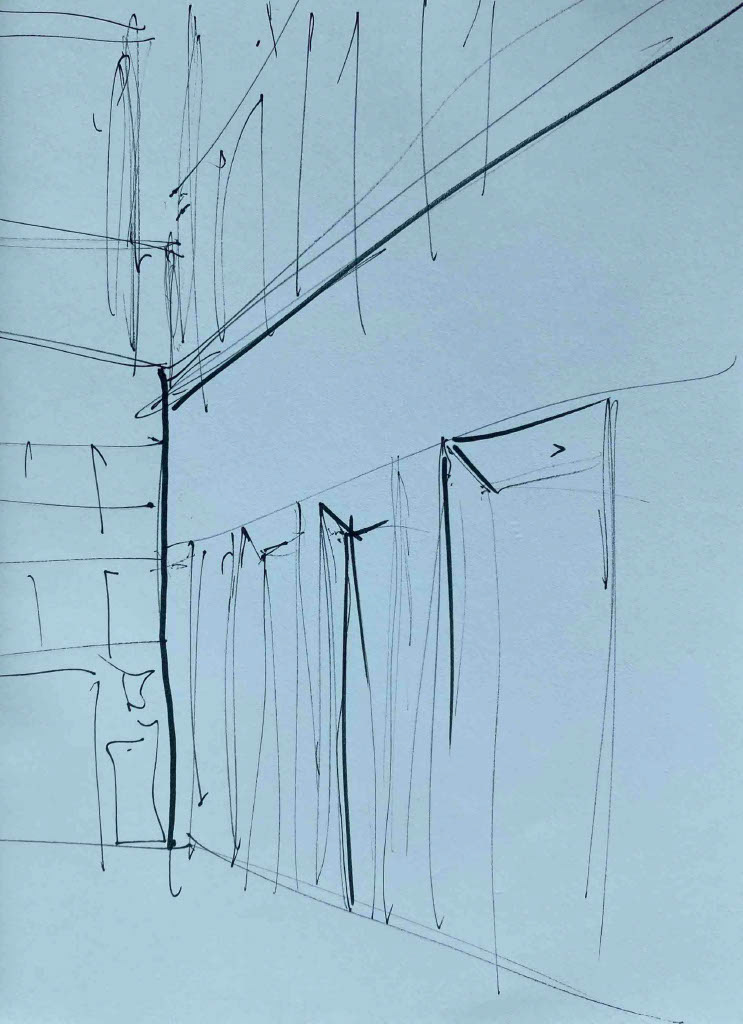
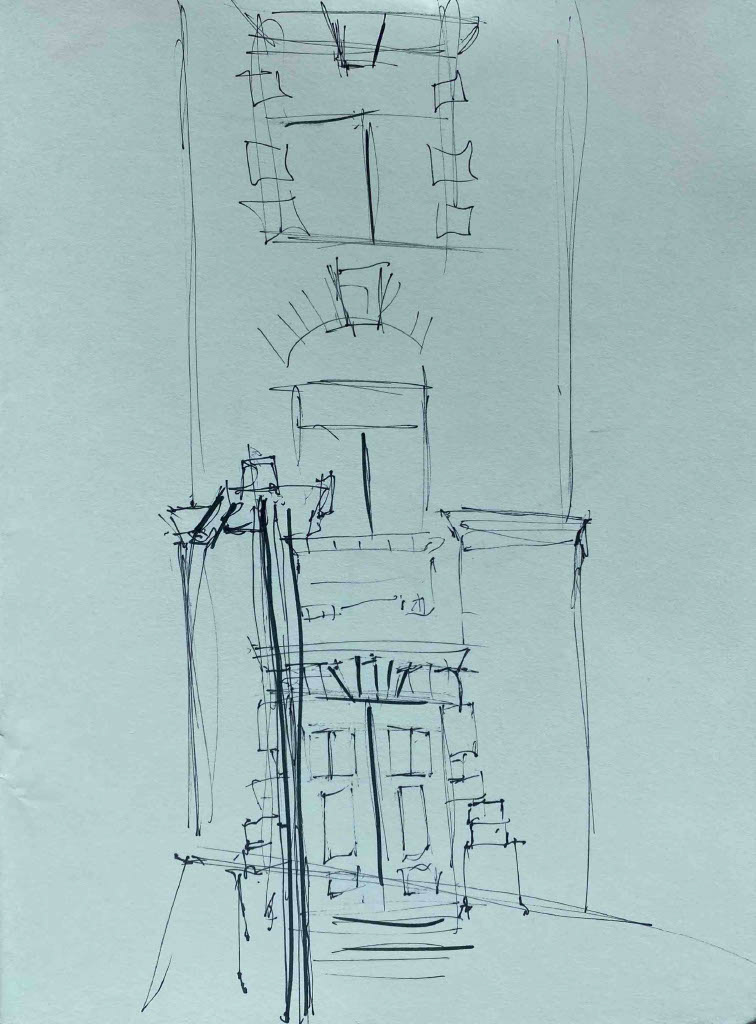
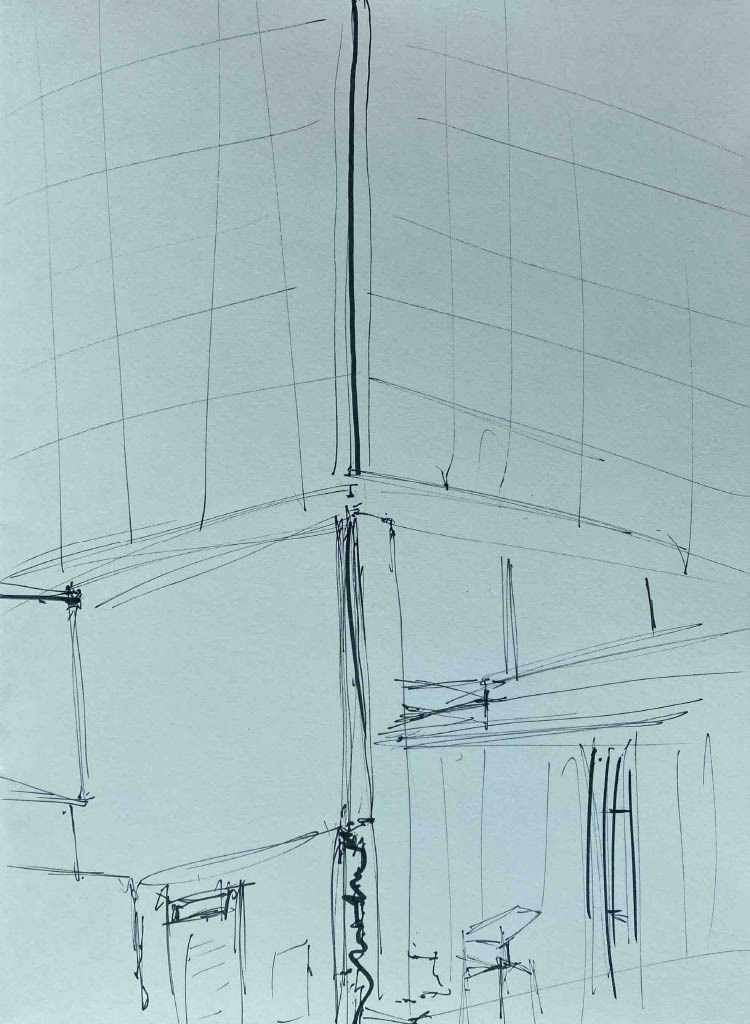
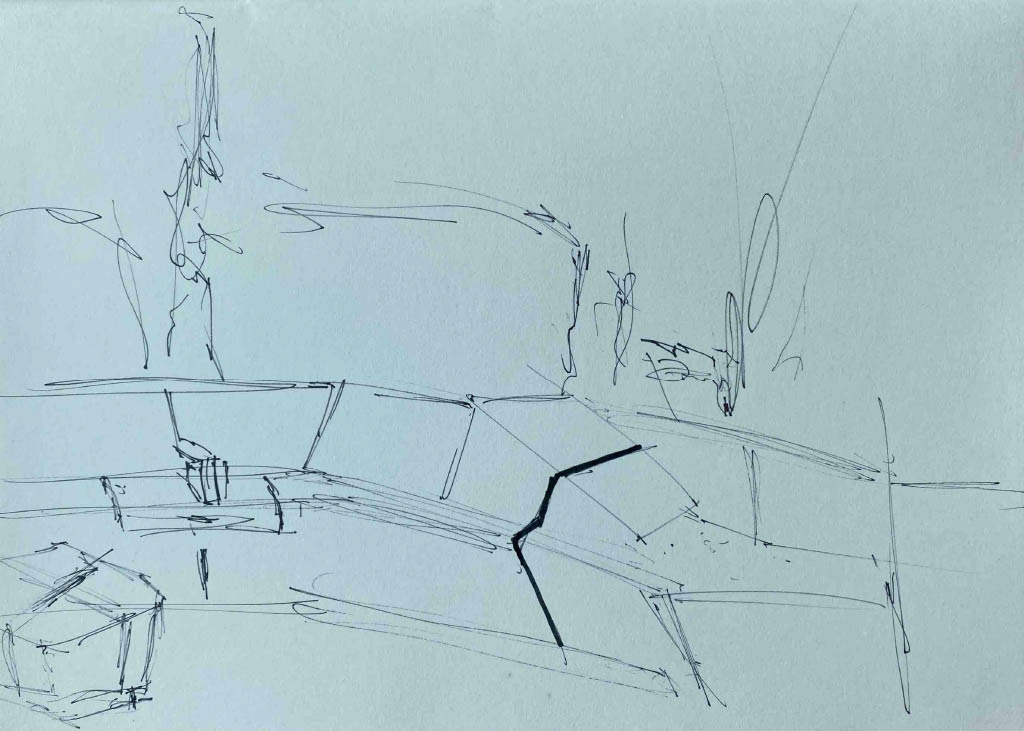
Using a 1m strip of aluminium I captured different profiles of the boundaries in the courtyard of NOMA.


In the studio we explored overlapping and changing the boundaries of the aluminium strips using a lightbox and casting shadows. I like the interaction between the cast shadows and the surrounding environment, looking at the way the boundaries are manipulated and misshaped in varying locations.





I took the studio practice further and investigated the relationship between object, shadow and surrounding. I chose to work on the ground with one handheld light that I could easily move around to manipulate the shape of the shadow. Instead of using a curved paper backdrop, I worked with the wall, skirting board and carpet to create a variety of textures and levels that could distort the shadow. I edited these photos into black and white and increased the contrast to pick out the highlights of the aluminium against the shadows.
I discovered the most successful photos explored dynamic lines and architectural shapes. Initially I thought that the shadows could be extracted and used alone, however I believe there is a necessary relationship between object and shadow that, when removing one from another, lacks depth and playfulness.

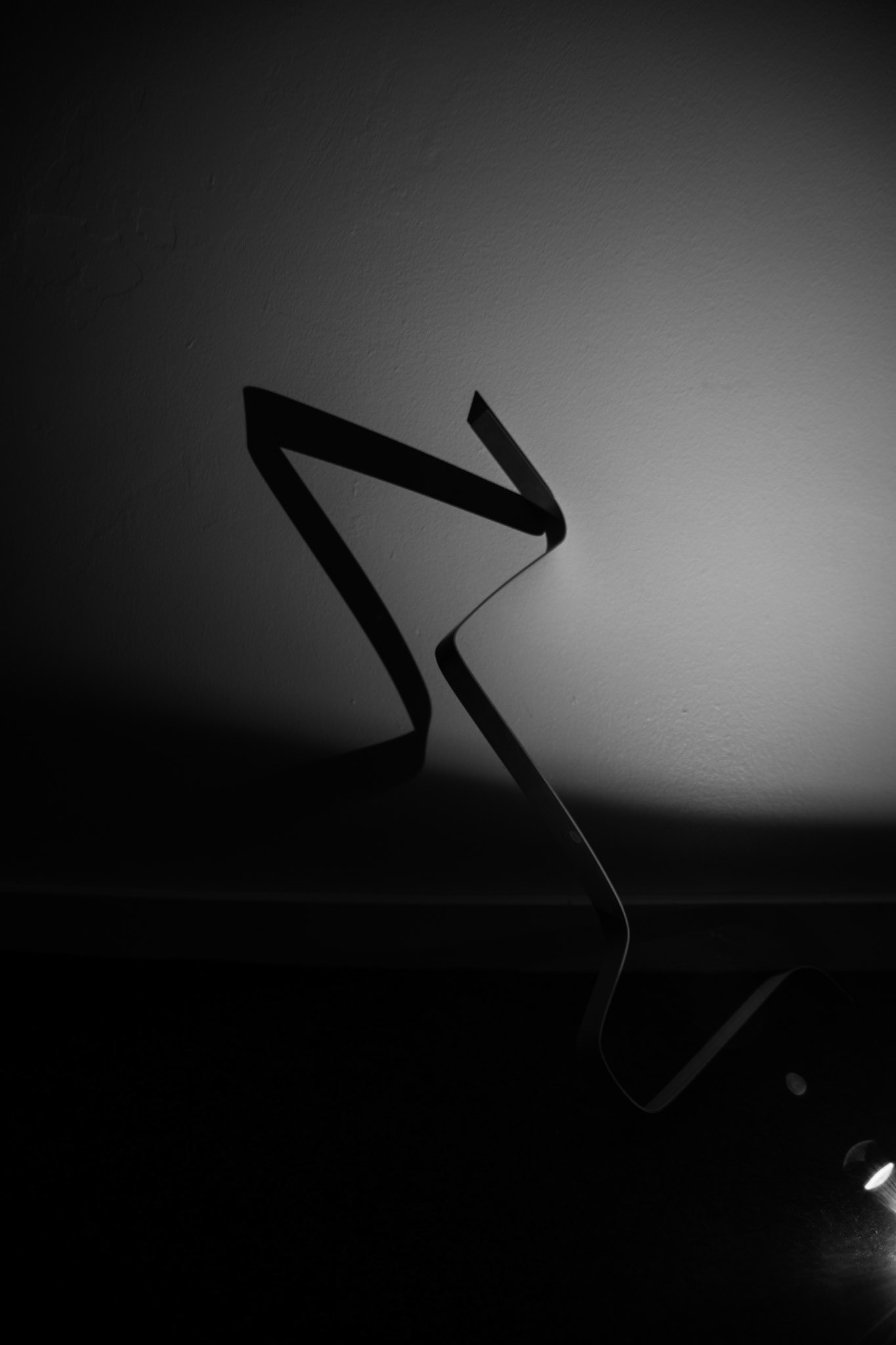
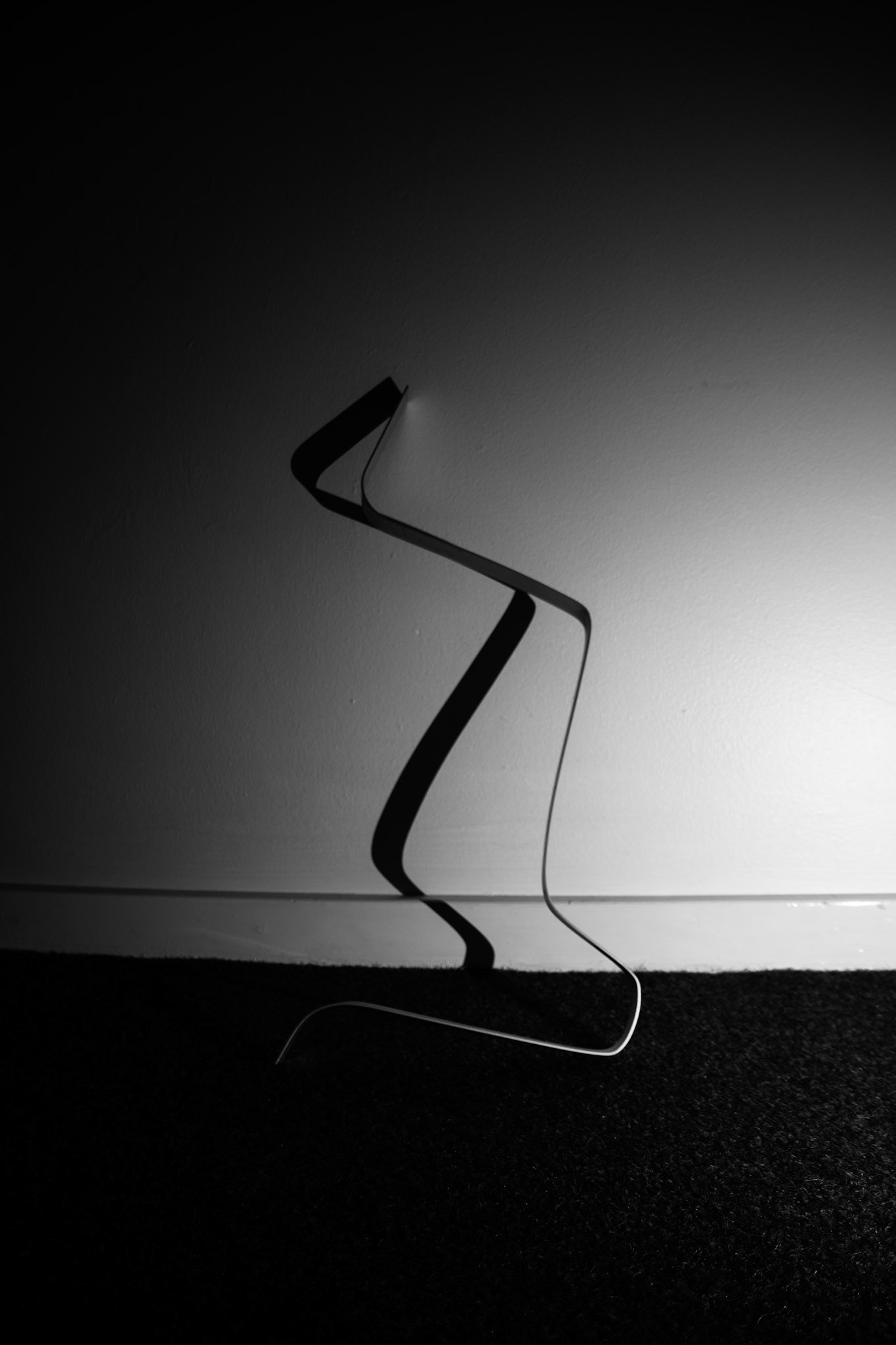
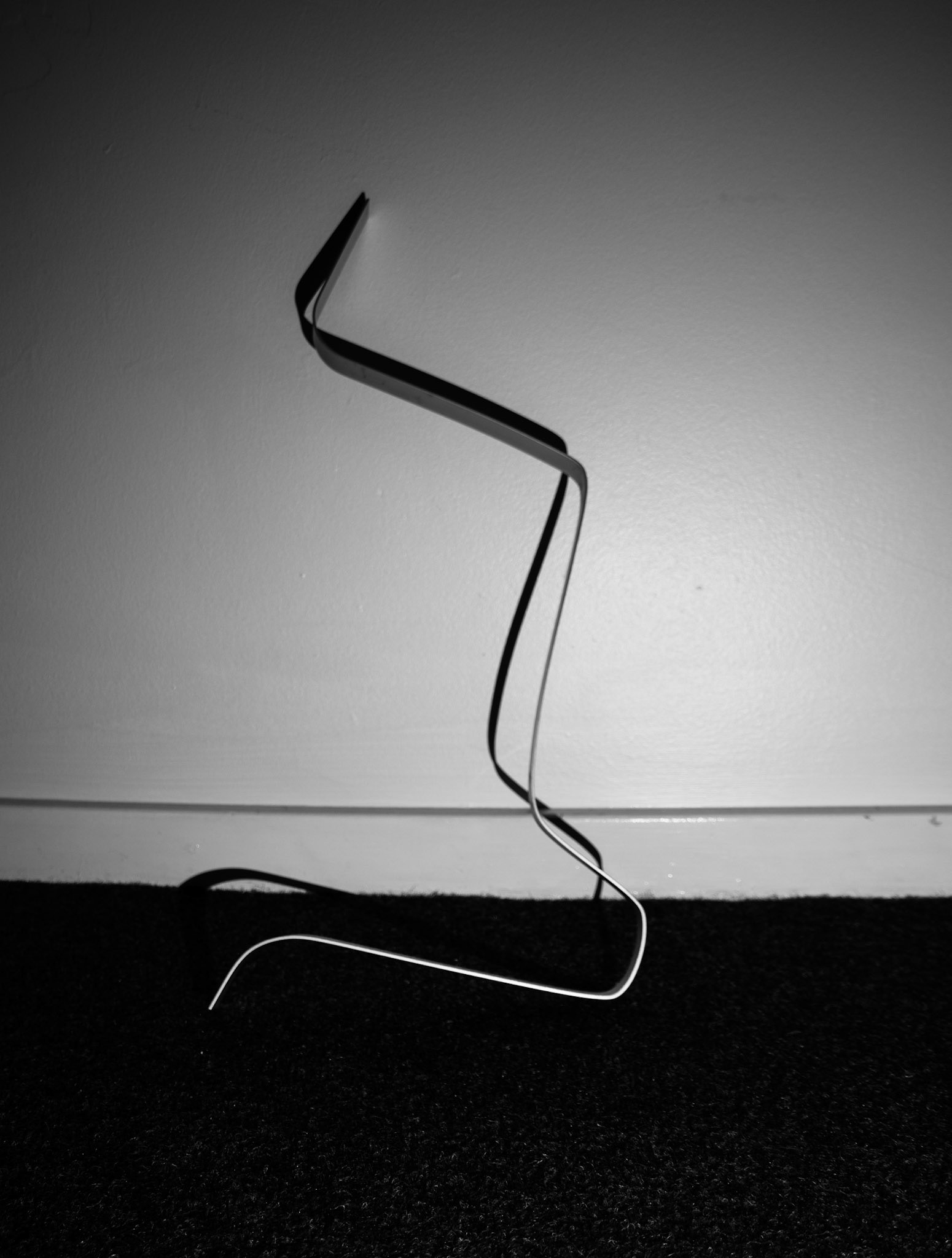
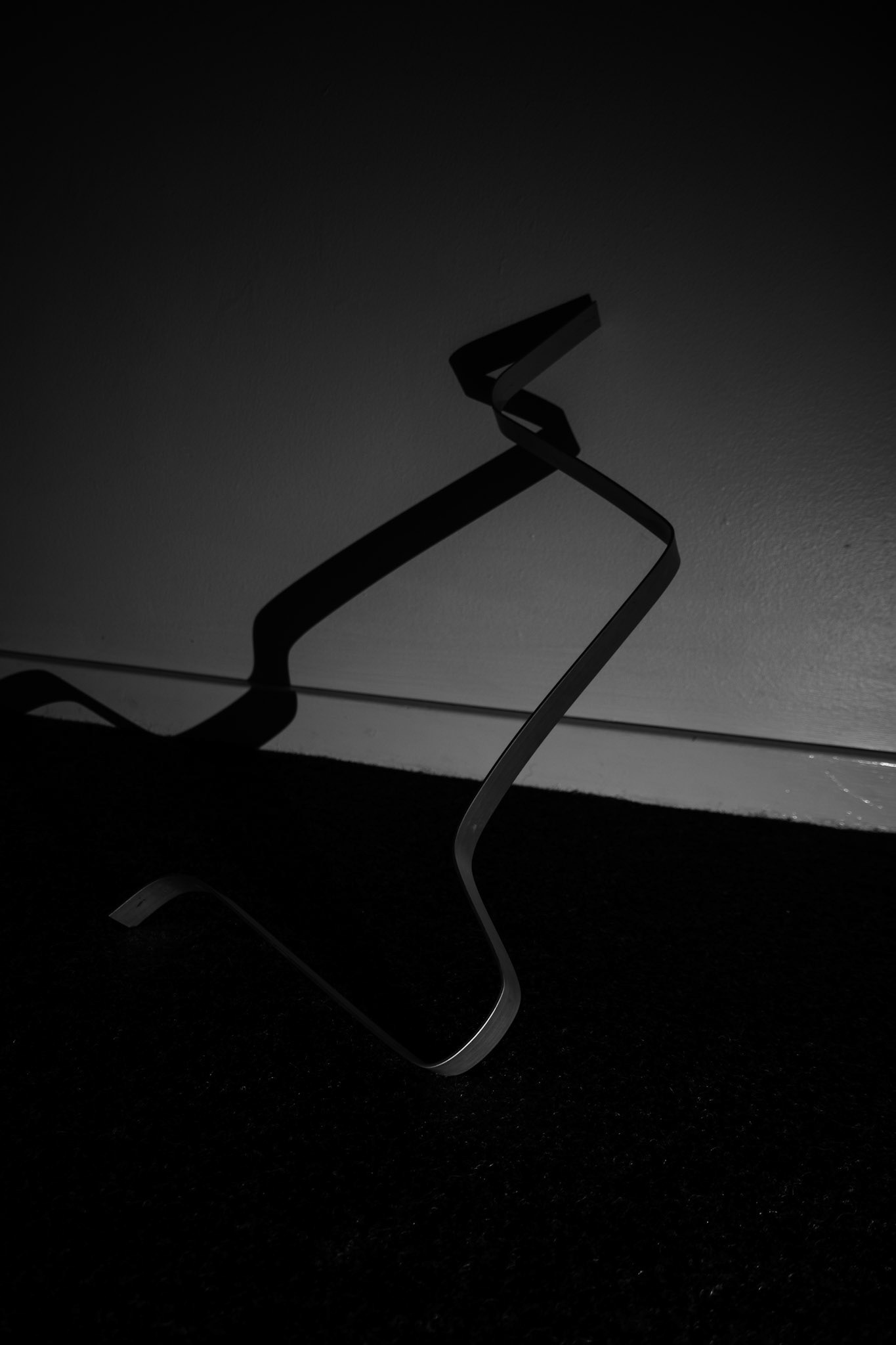

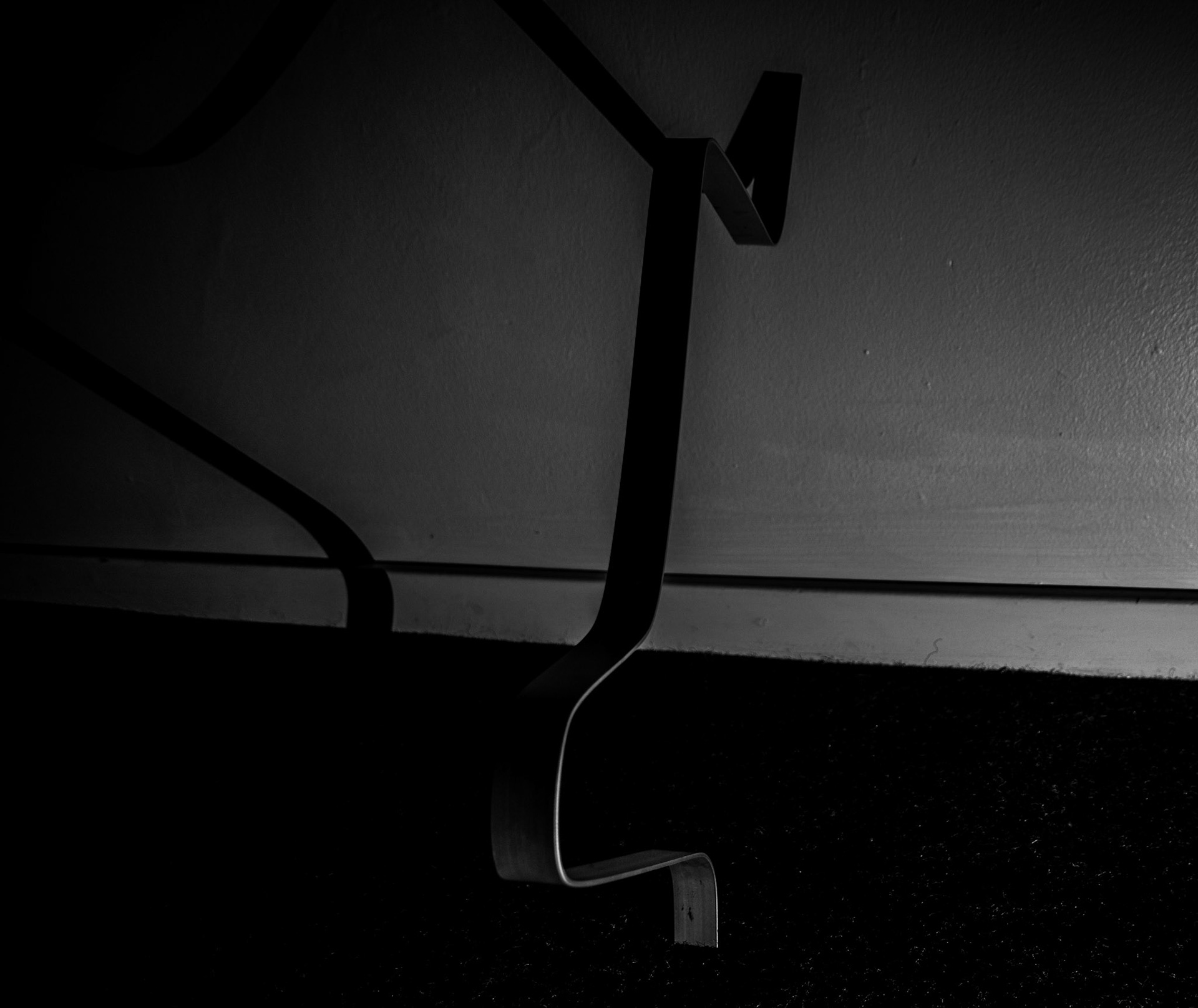




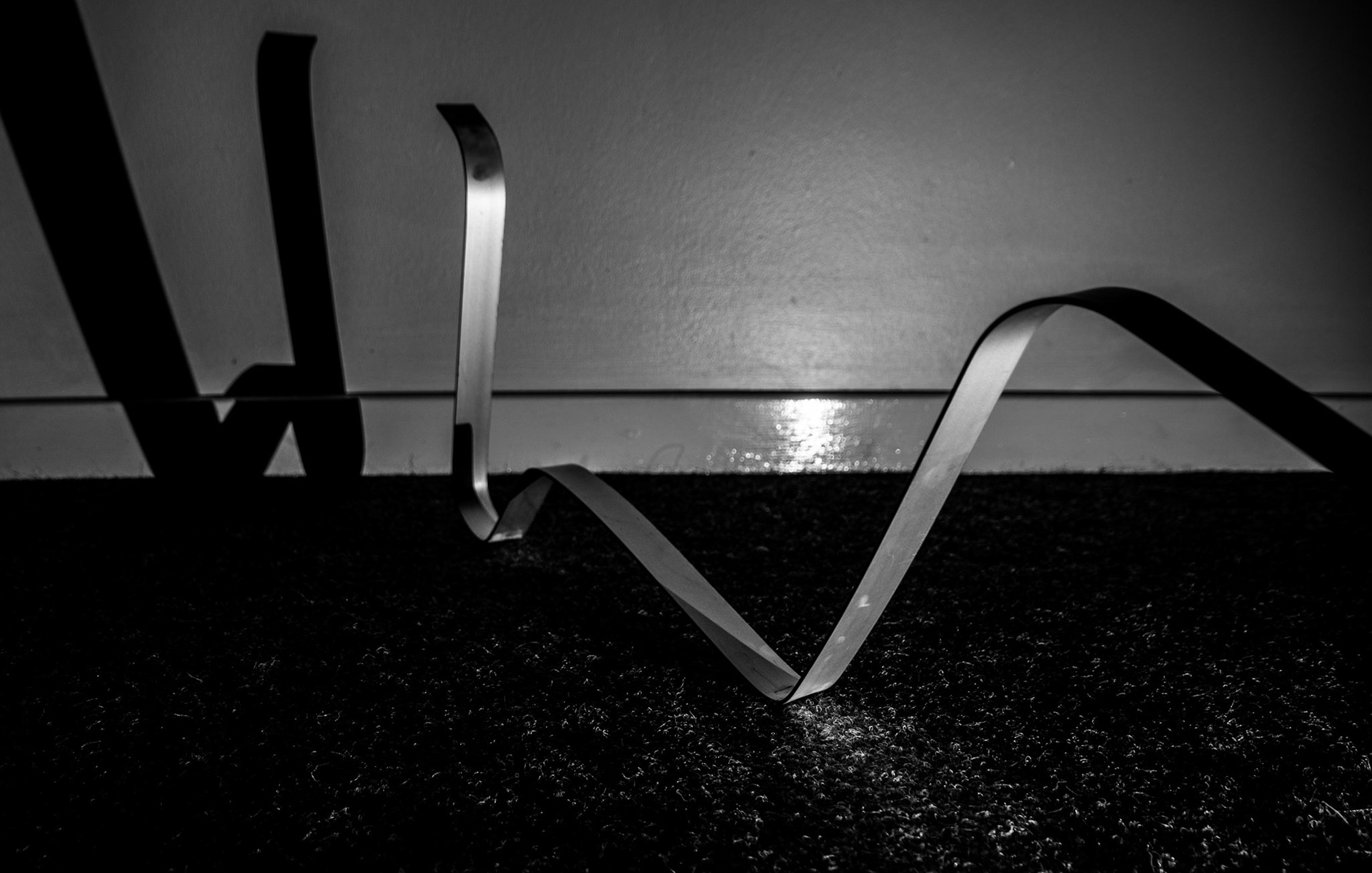
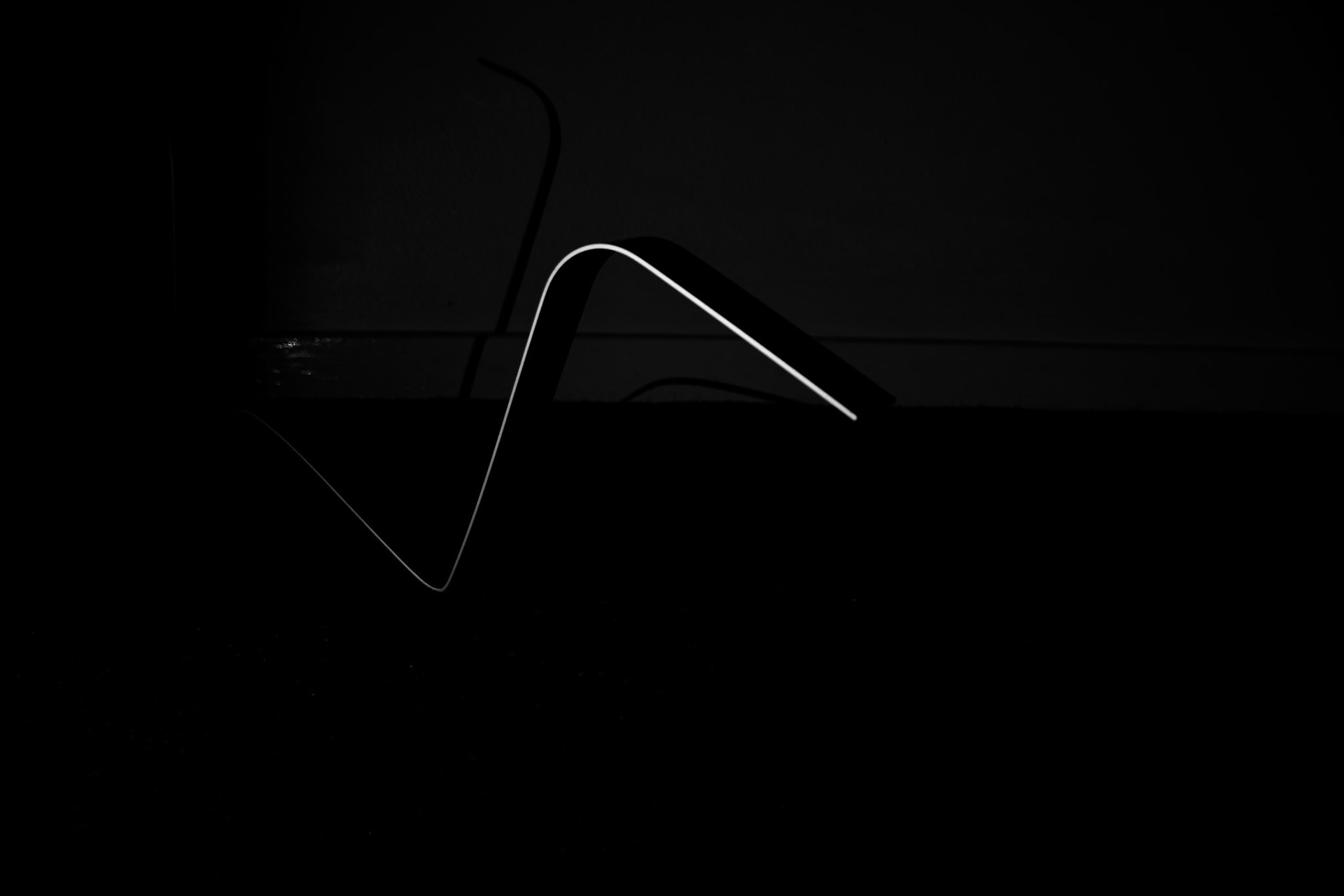
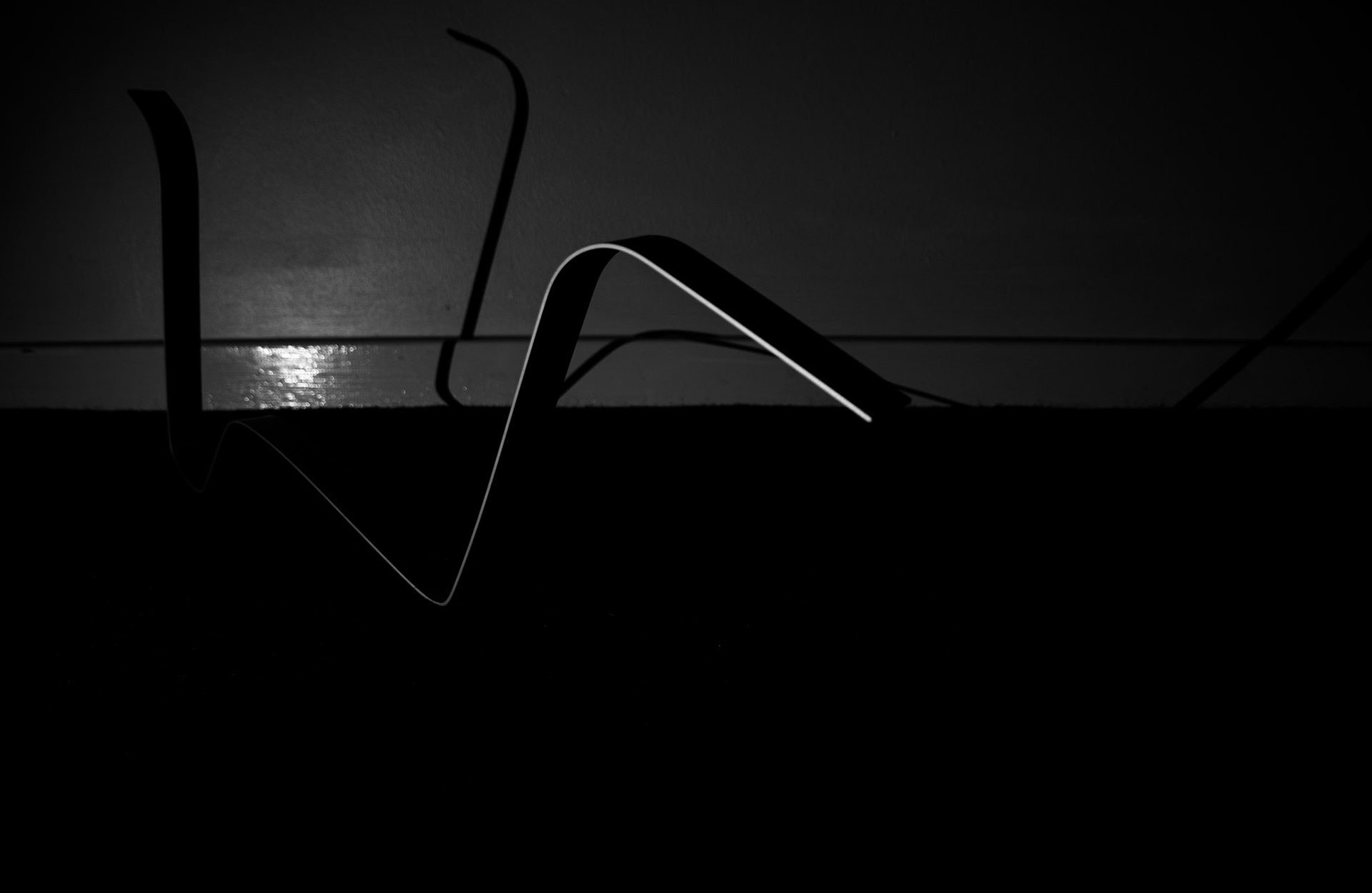

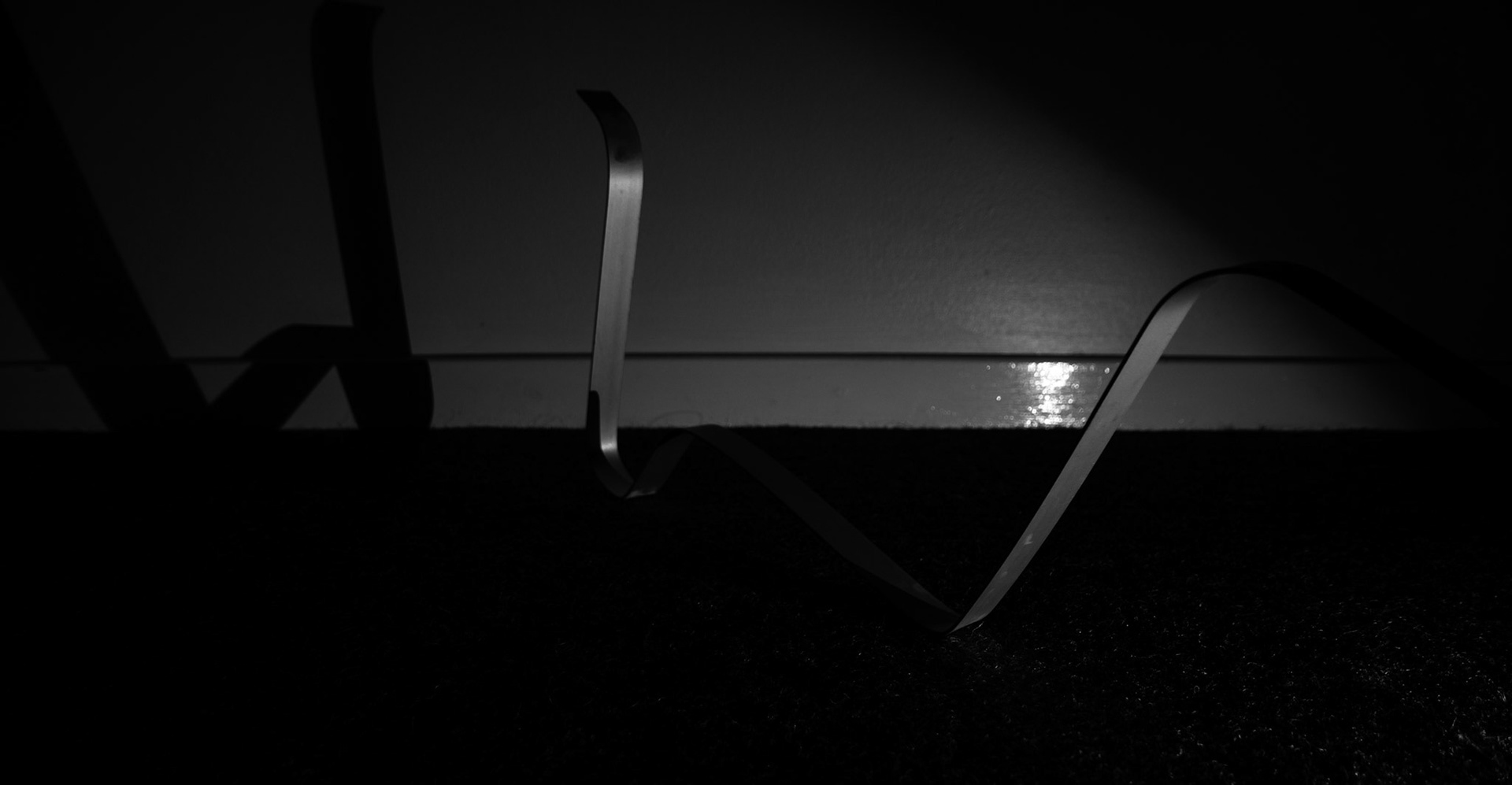
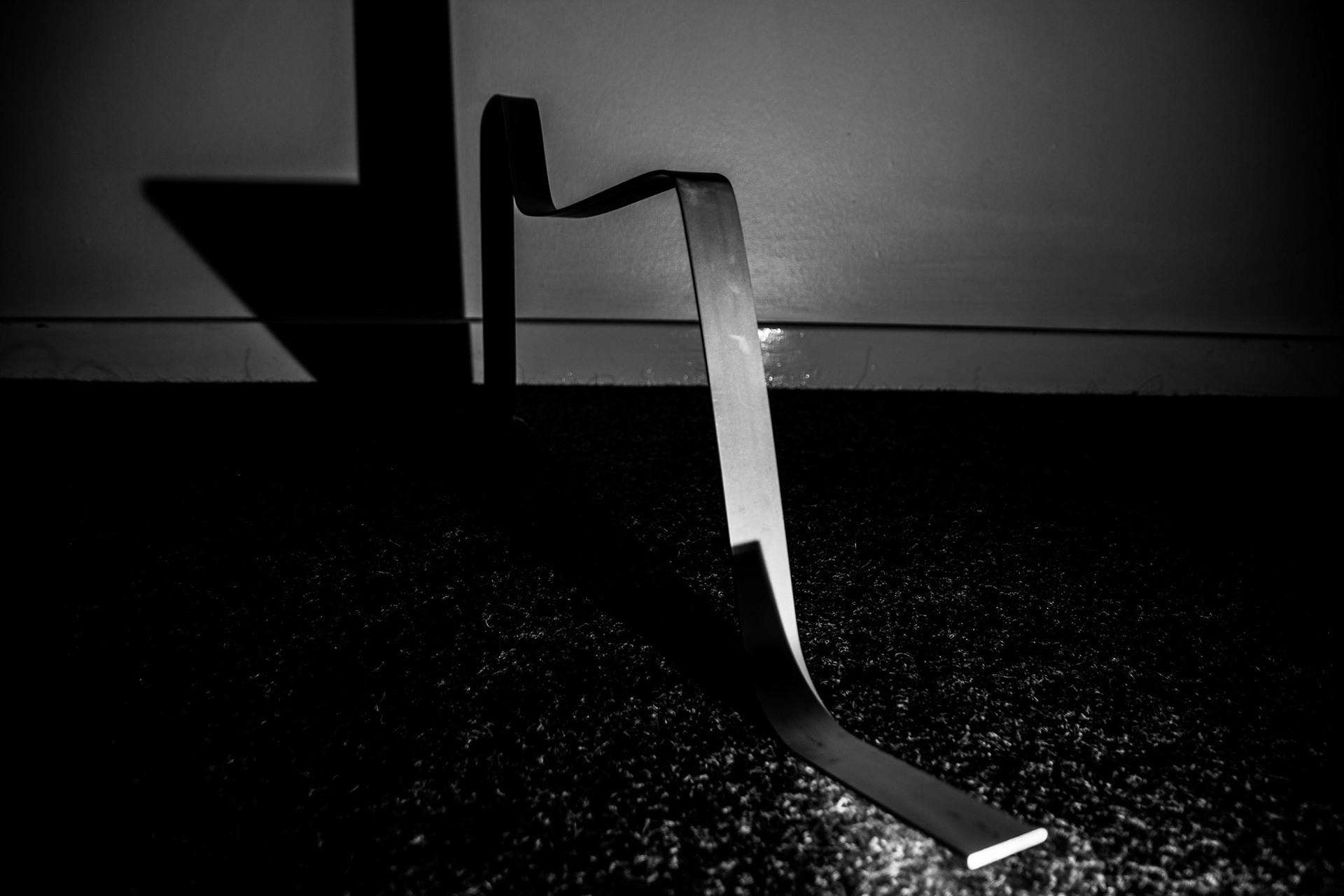
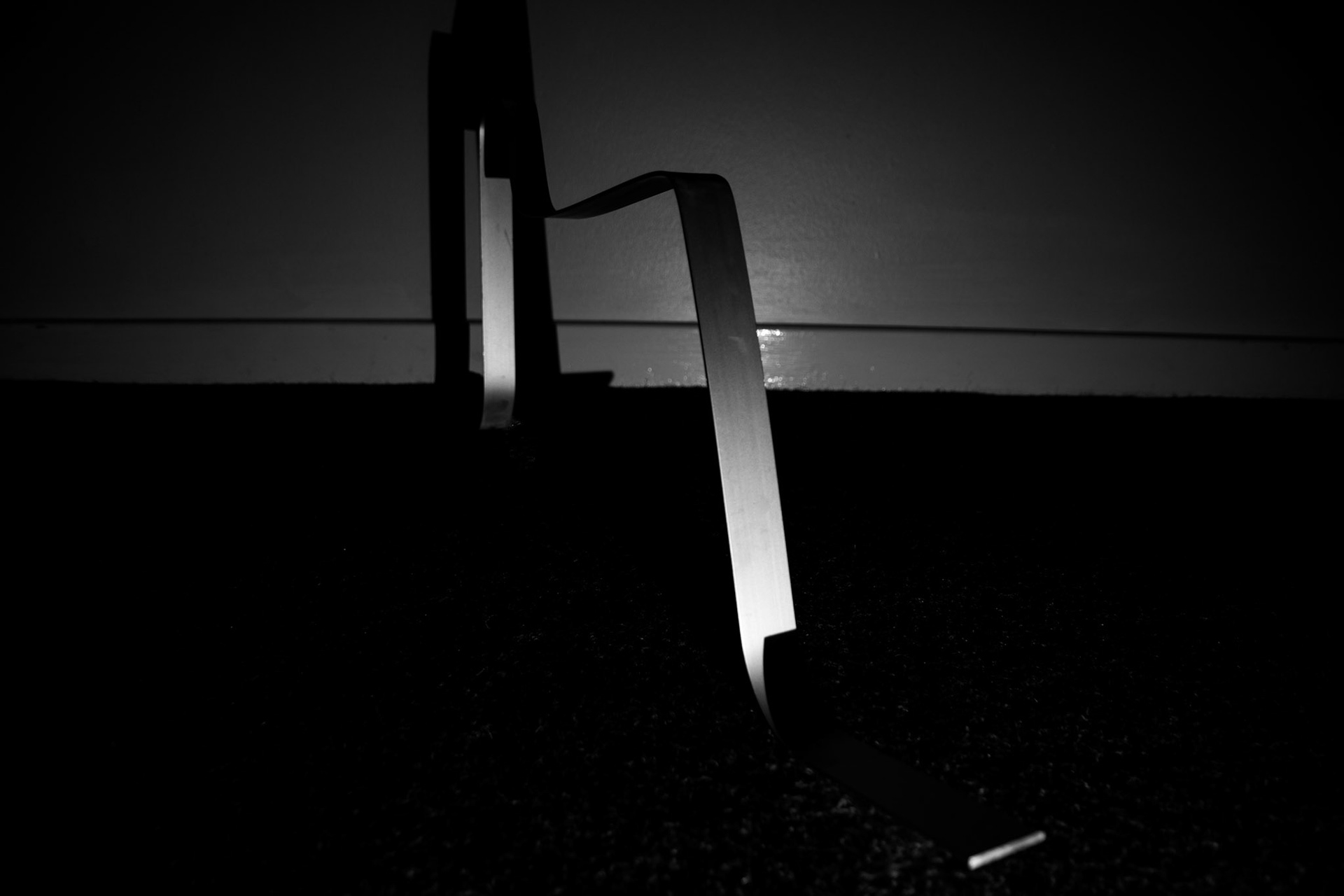
During the studio time we also explored hand drawing the shadows casted onto a page. I found that working on a large scale allowed me to use a full body motion resulting in a personal expression of the shadows. Using charcoal and graphite meant I could build up layers of shadow and the transparency leaves a history of marks. I put emphasis on some curves and endpoints using large back markers which broke up the sea of tonal, textured twists. Unlike the photography, the removal of the object from the scene works, as the media choice gives a sense of depth.

I took the curves created from my shadow sketches and created a silhouette cut out in a 10cm square bronze sheet. I believe that it isn’t successful as there is a loss of motion and reduction to an oversimplified shape. I need to take the idea of transparency and depth created by the gestured marks into a 3D format. I think changing material or process would allow me to insert depth into the piece whilst focusing on the shapes created by the shadows of the aluminium strip.
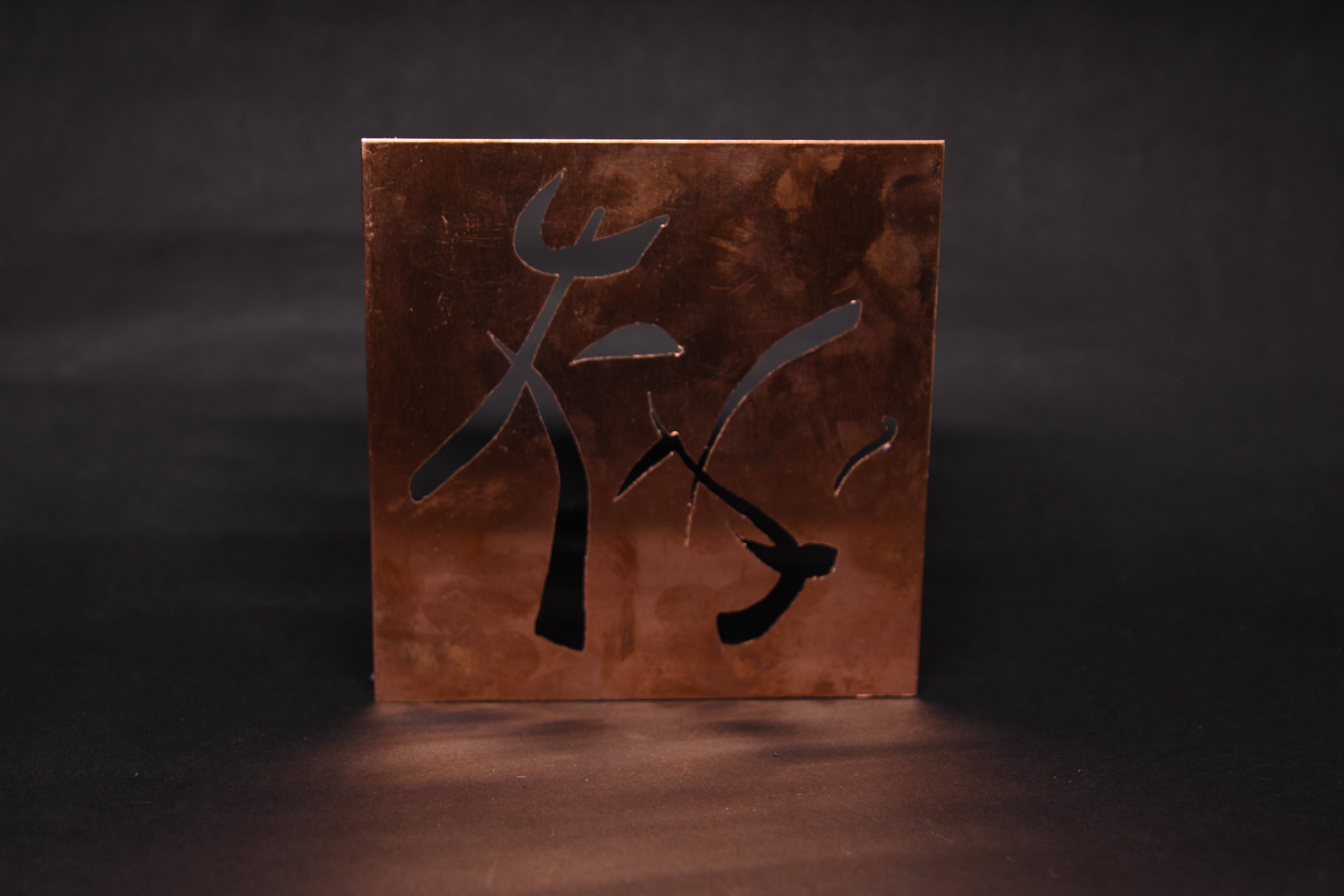
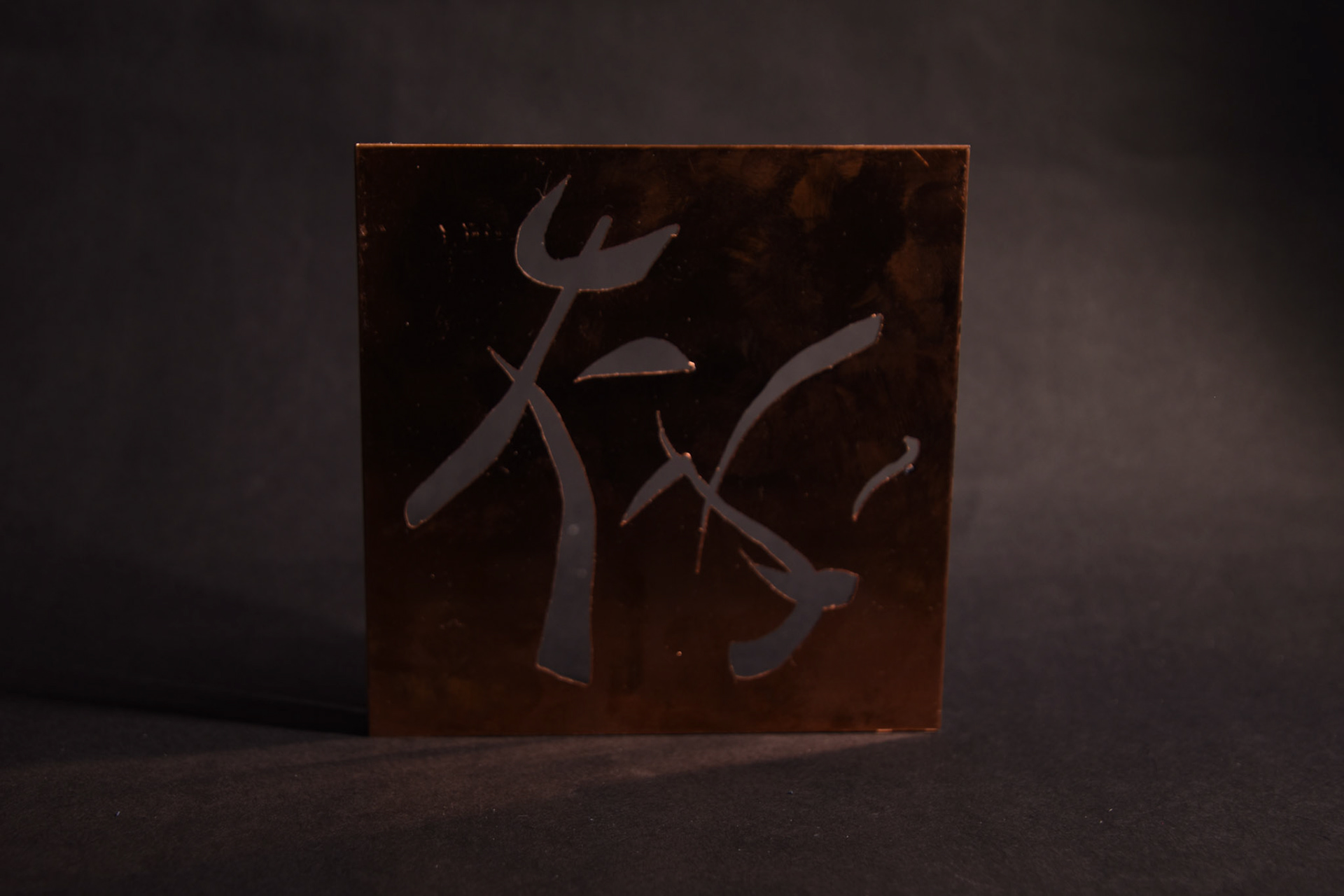
Reflecting on my copper experiments I found the 2D material limiting and lacked the depth and transparency of that made the charcoal drawing successful. Therefore, I created a series of leather experiments using photos from NOMA. I utilized the architectural lines to create boundaries between the expressive curves and the straight structures.
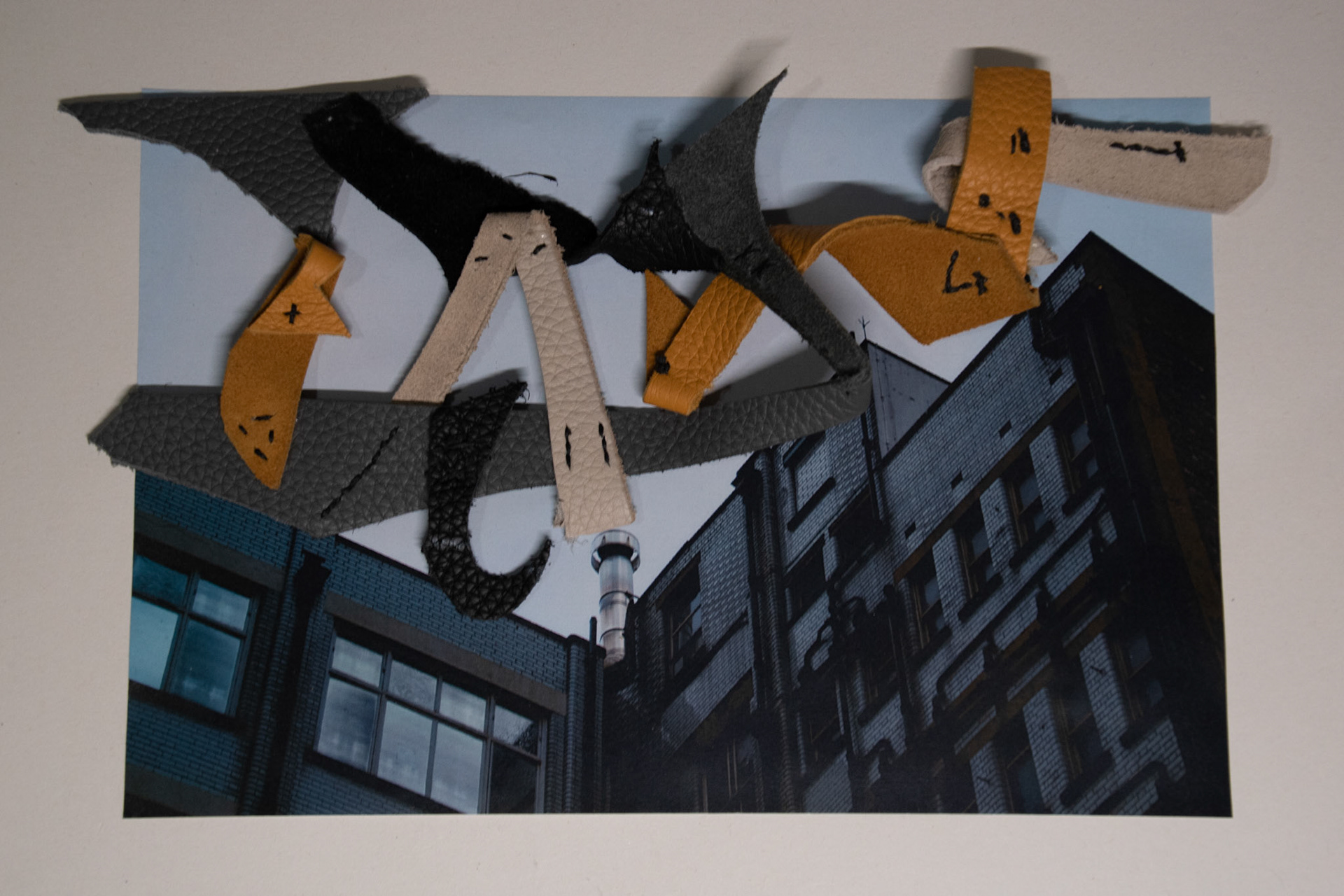


I wanted to explore and enhance the connections between each piece of leather so I left the remaining thread long to draw the eye in.
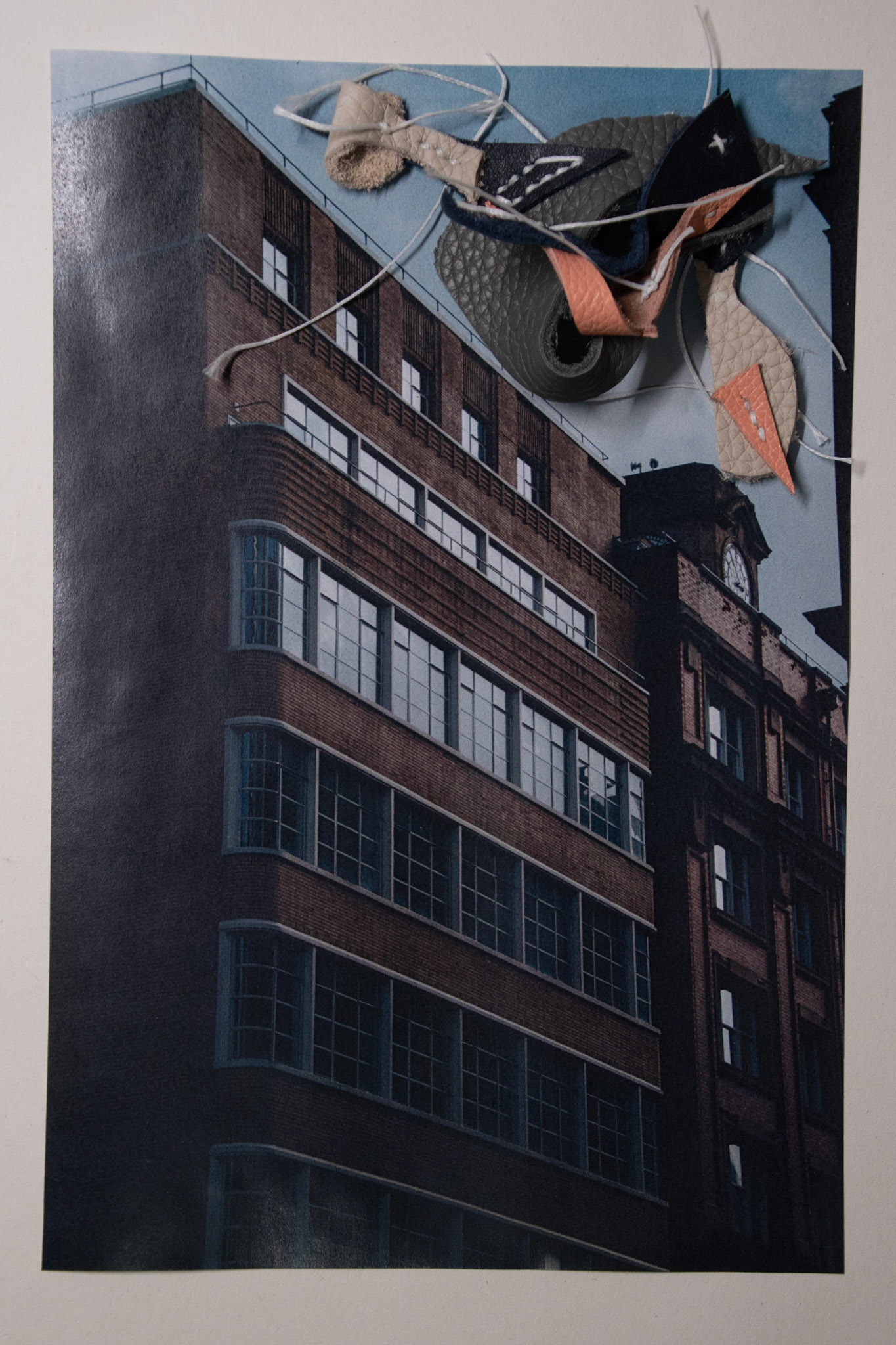
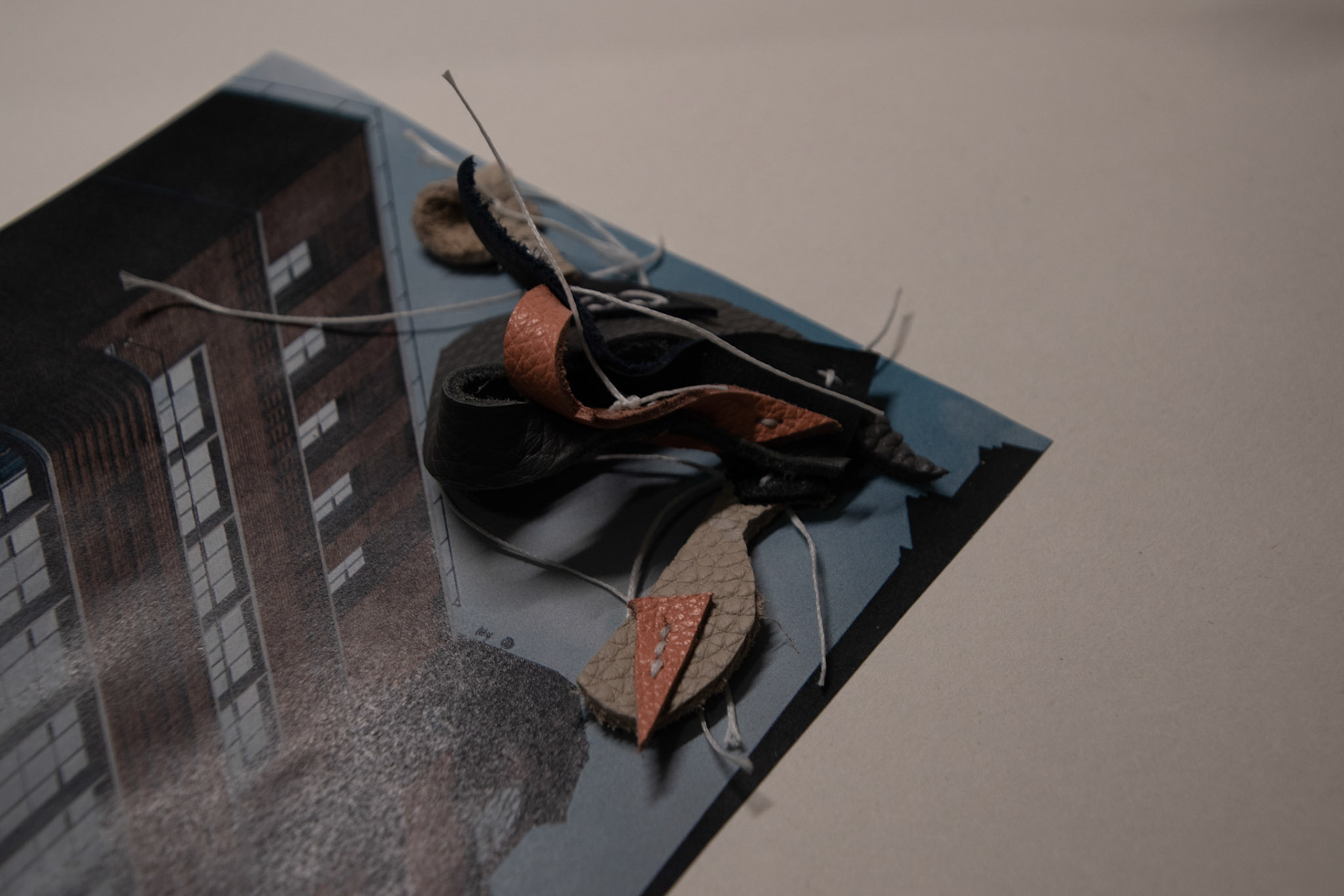
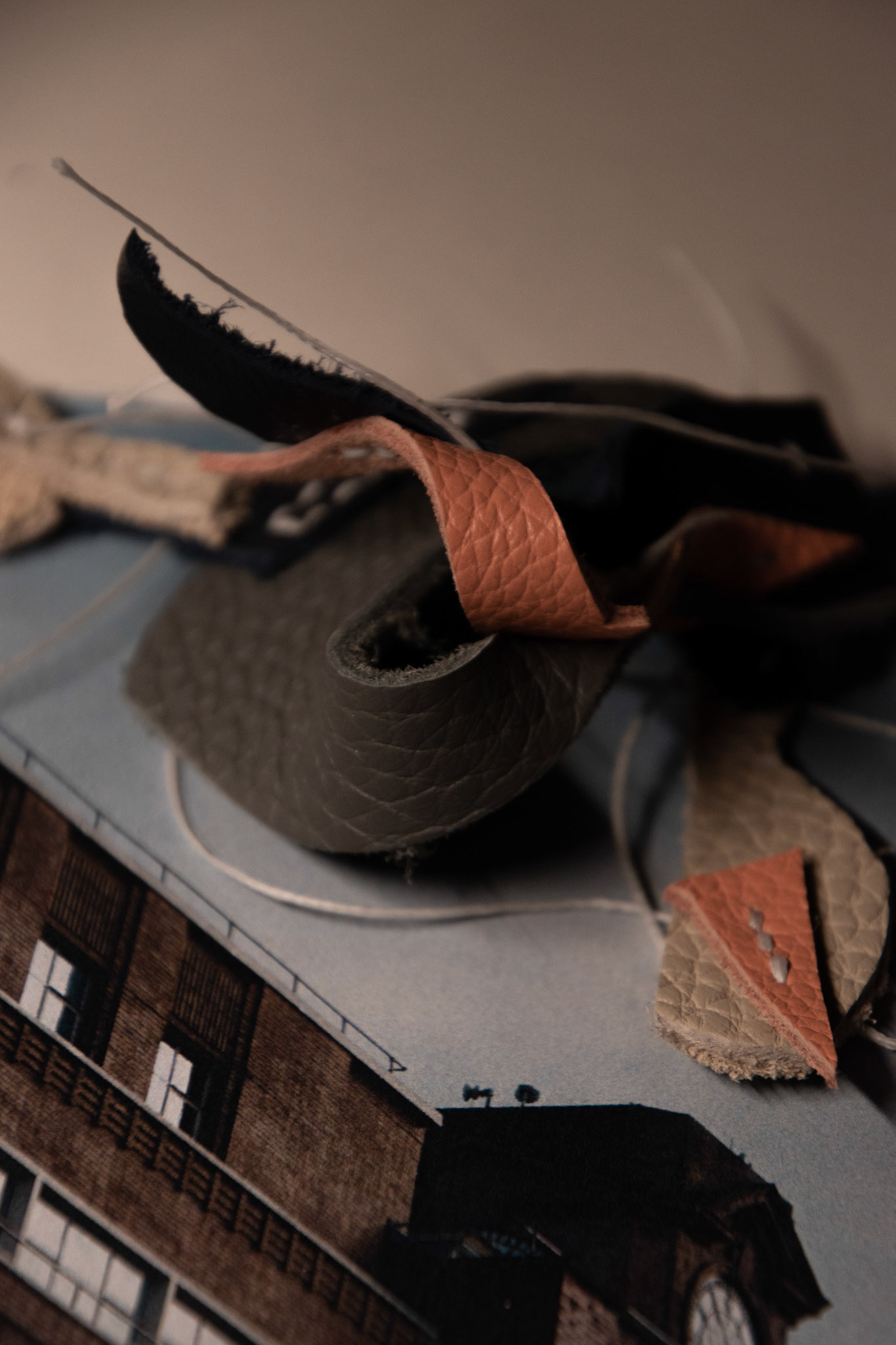
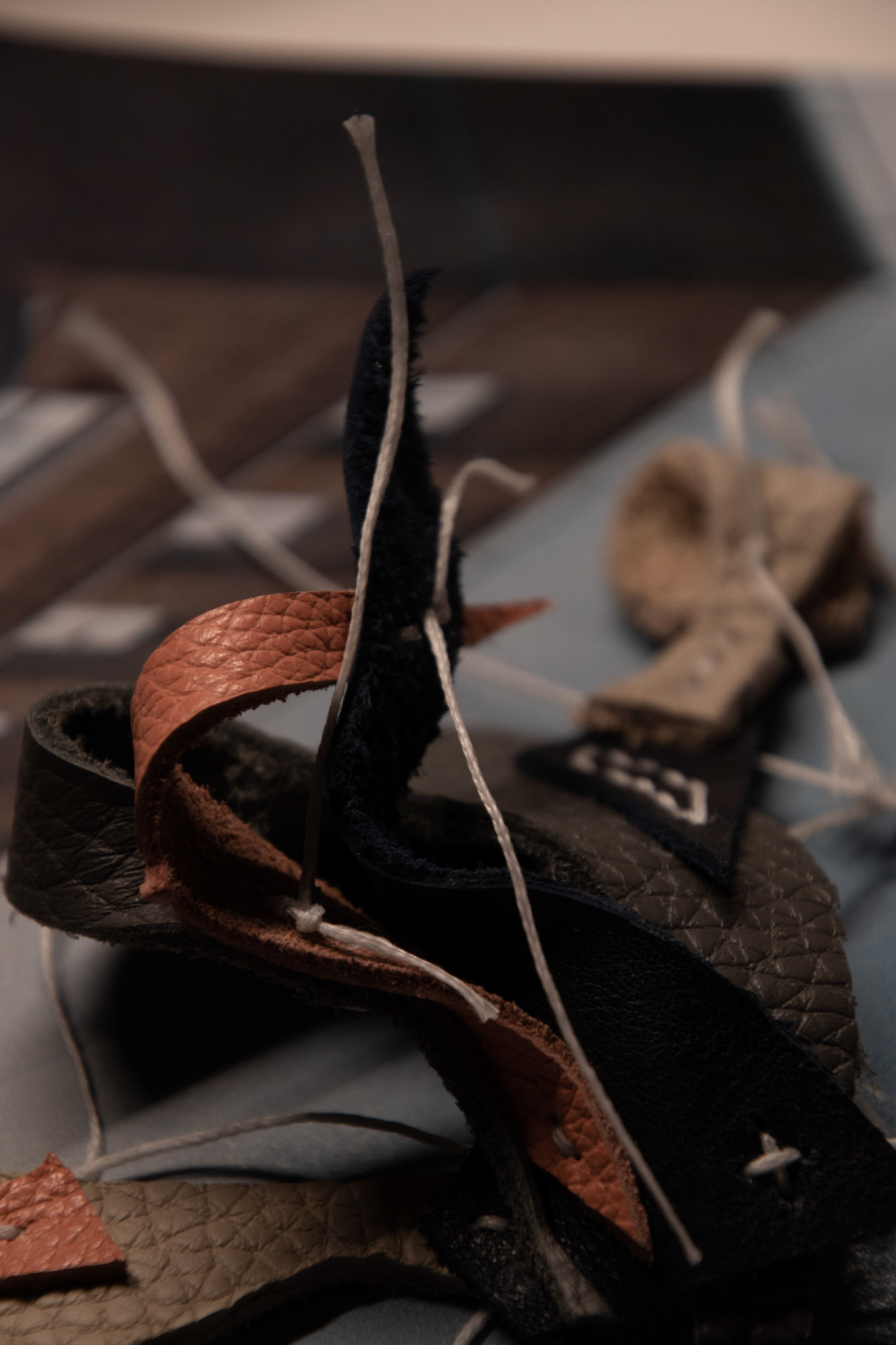
In the previous two experiments I explored using muted and cool colours reflecting the environment. For this test I used only monochrome leather to harmonise with the photo, however there was a lack of contrast and the architecture seems to blend in with the leather too much.
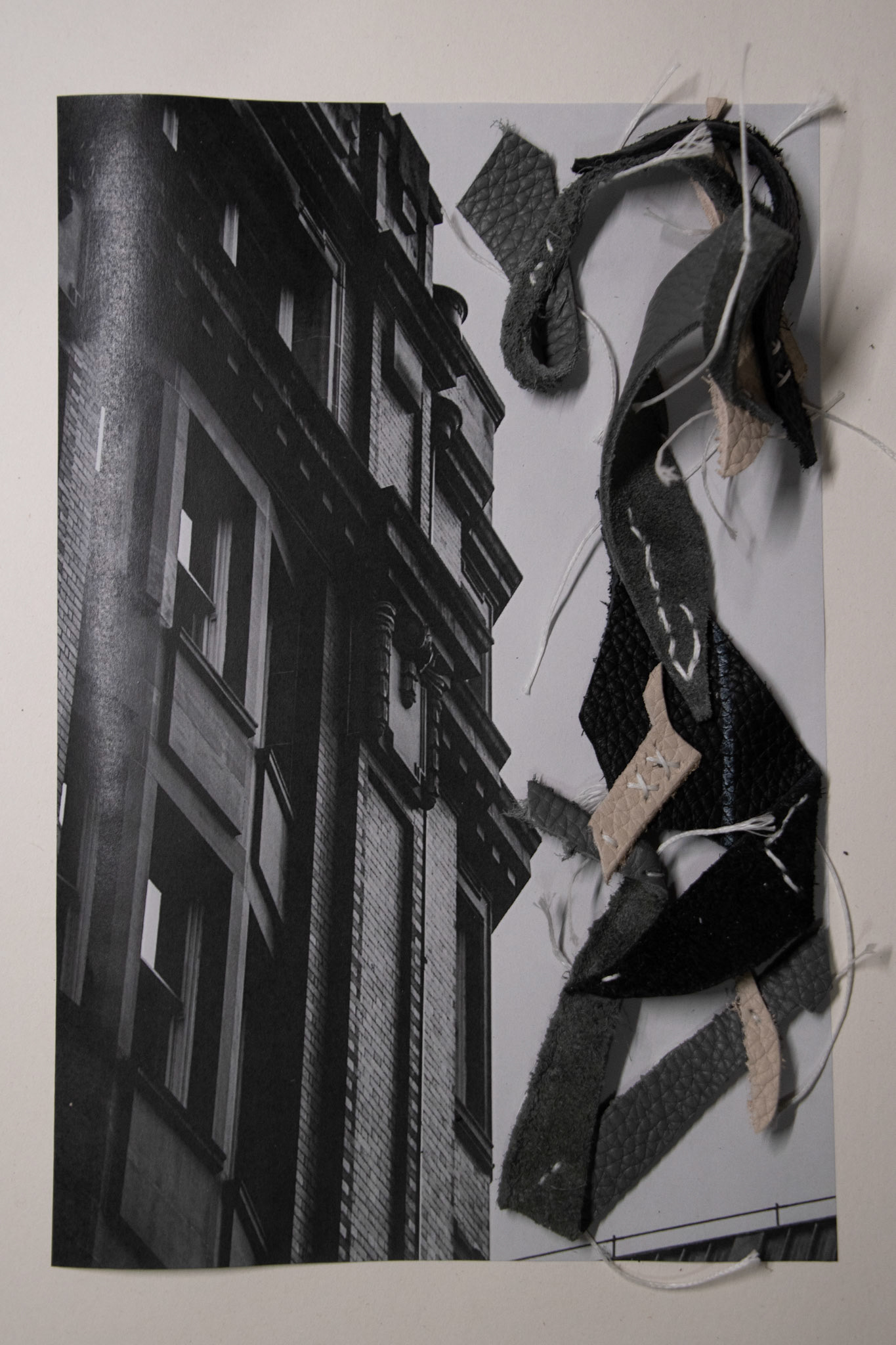
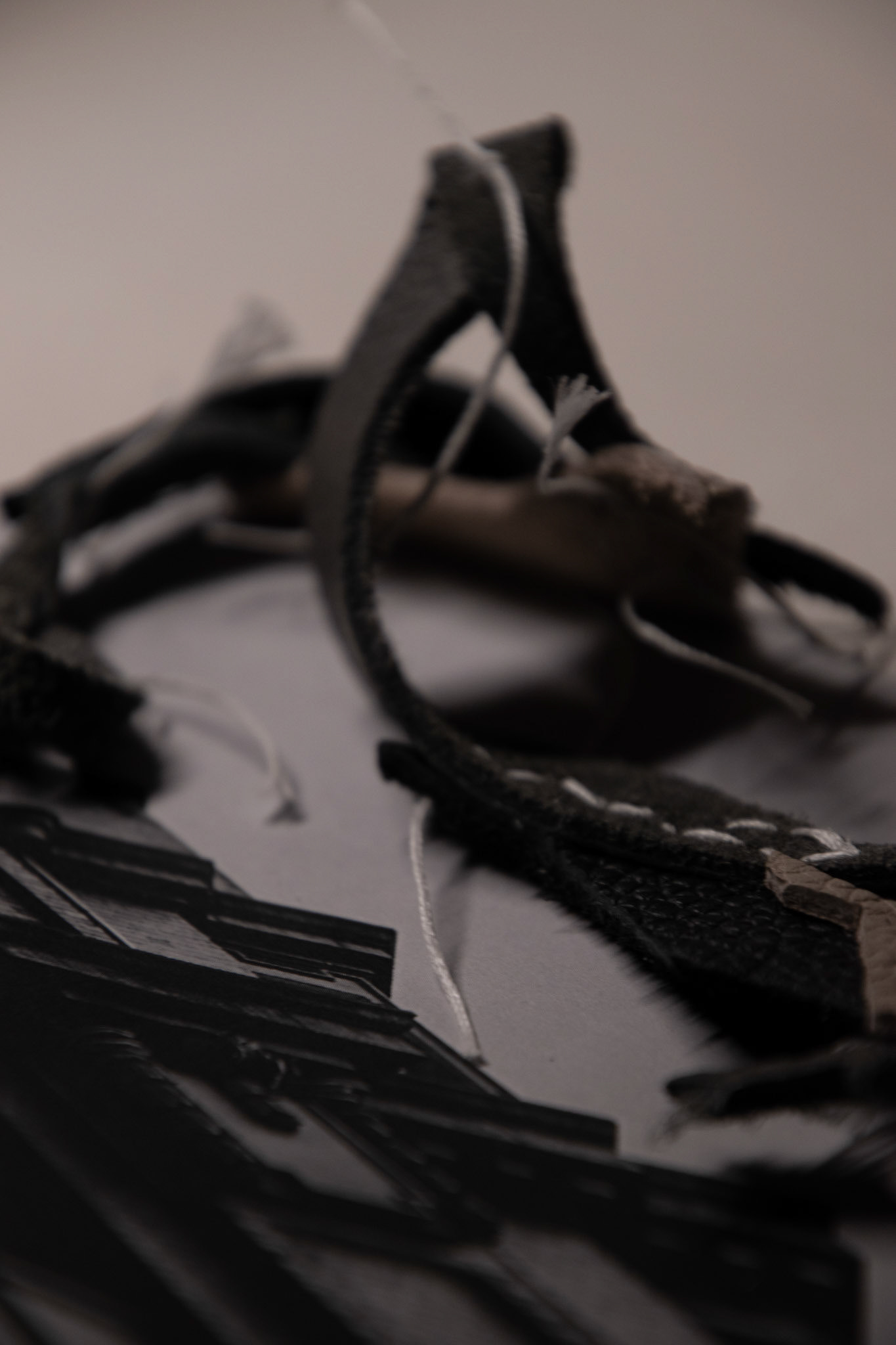


For my final piece I explored increasing the scale from A4 to A3 allowing me to create a more complex composition. I also investigated using a black and white photo with the muted colour pallet from my initial tests. I like the contrast this provides as the yellows and pink jump off the page. I also looked at adding other fabrics to the piece to insert a variety in texture. I need to test the joining of different fabrics as some stitches work better than others to create a secure connection.
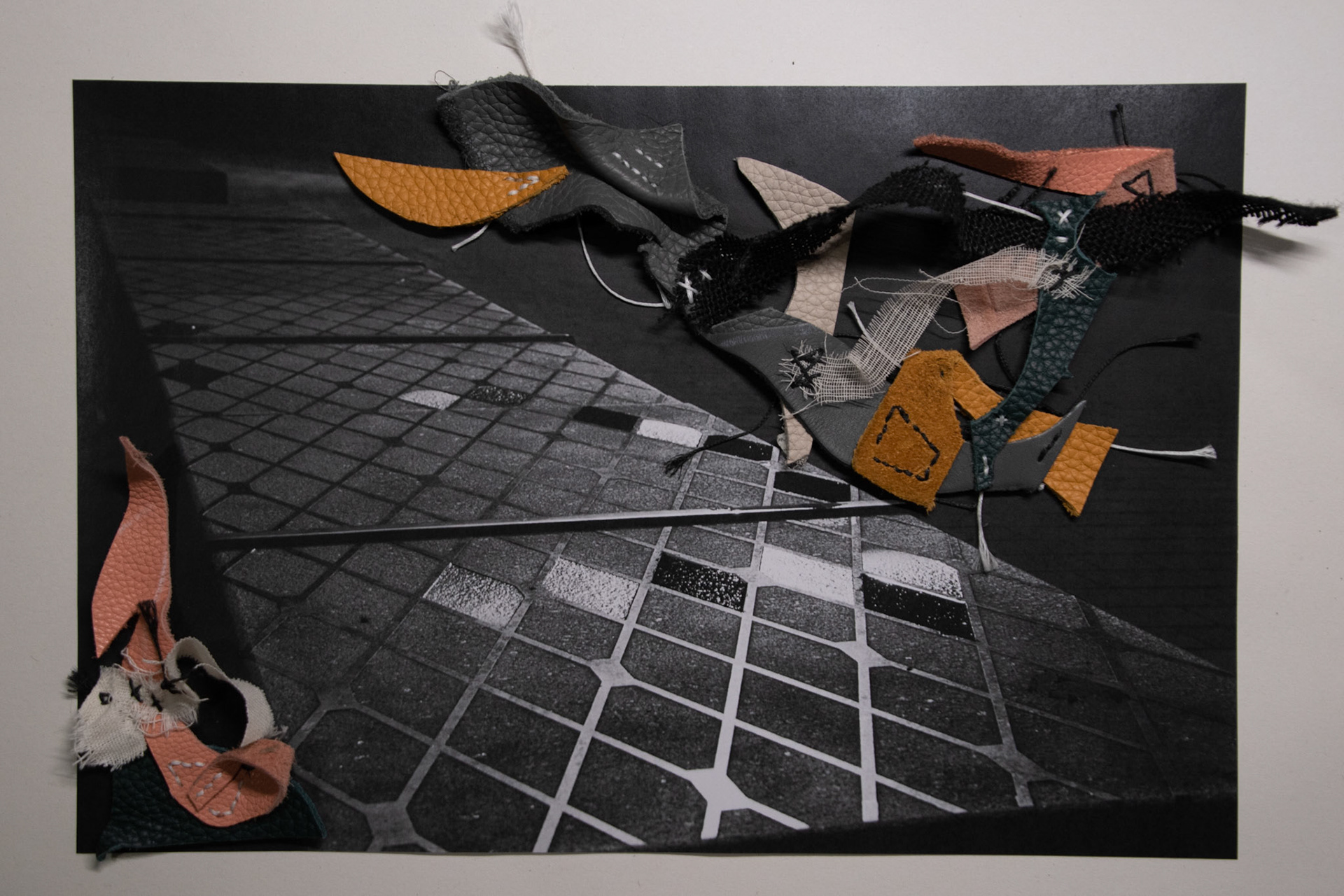
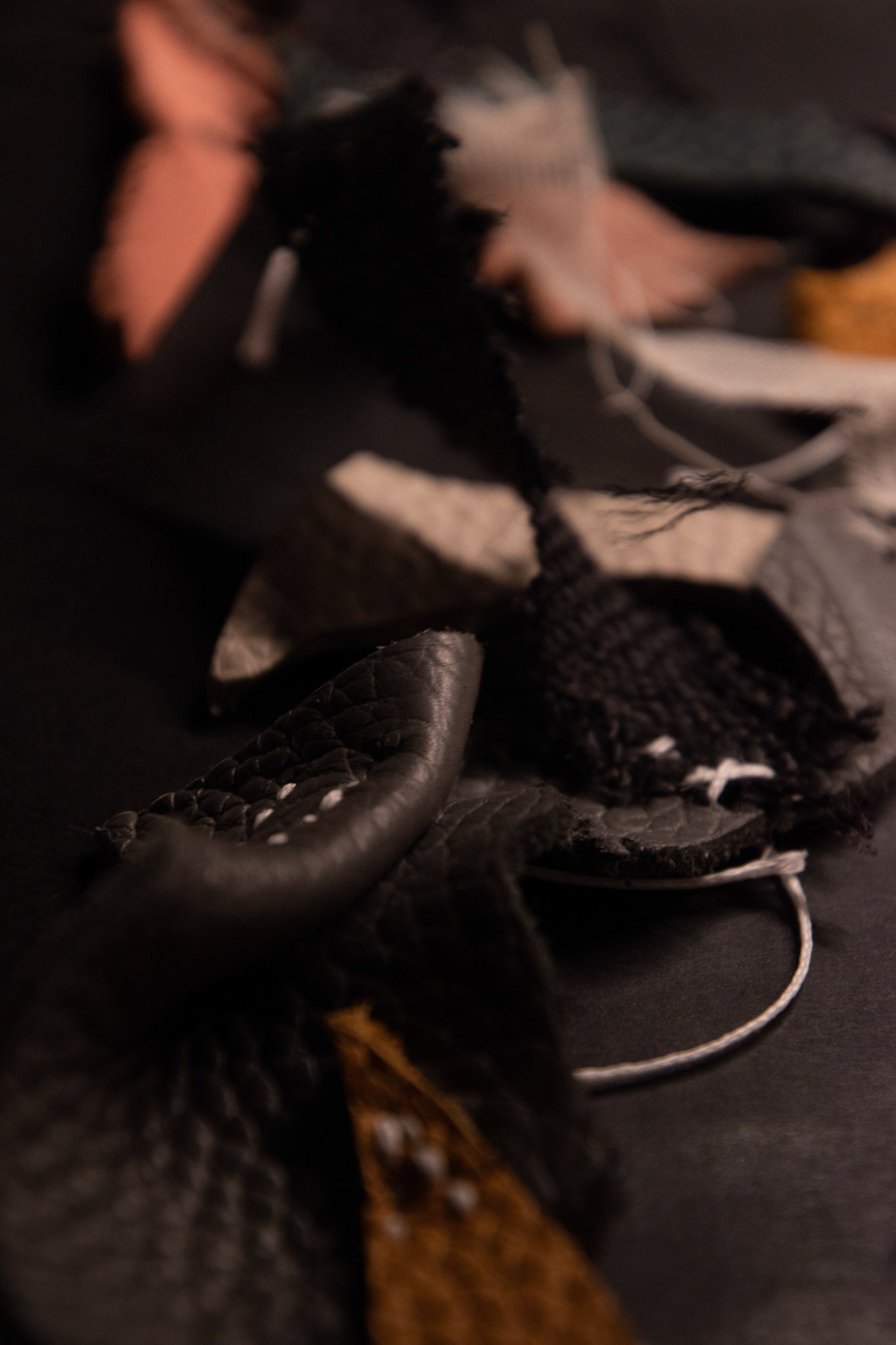
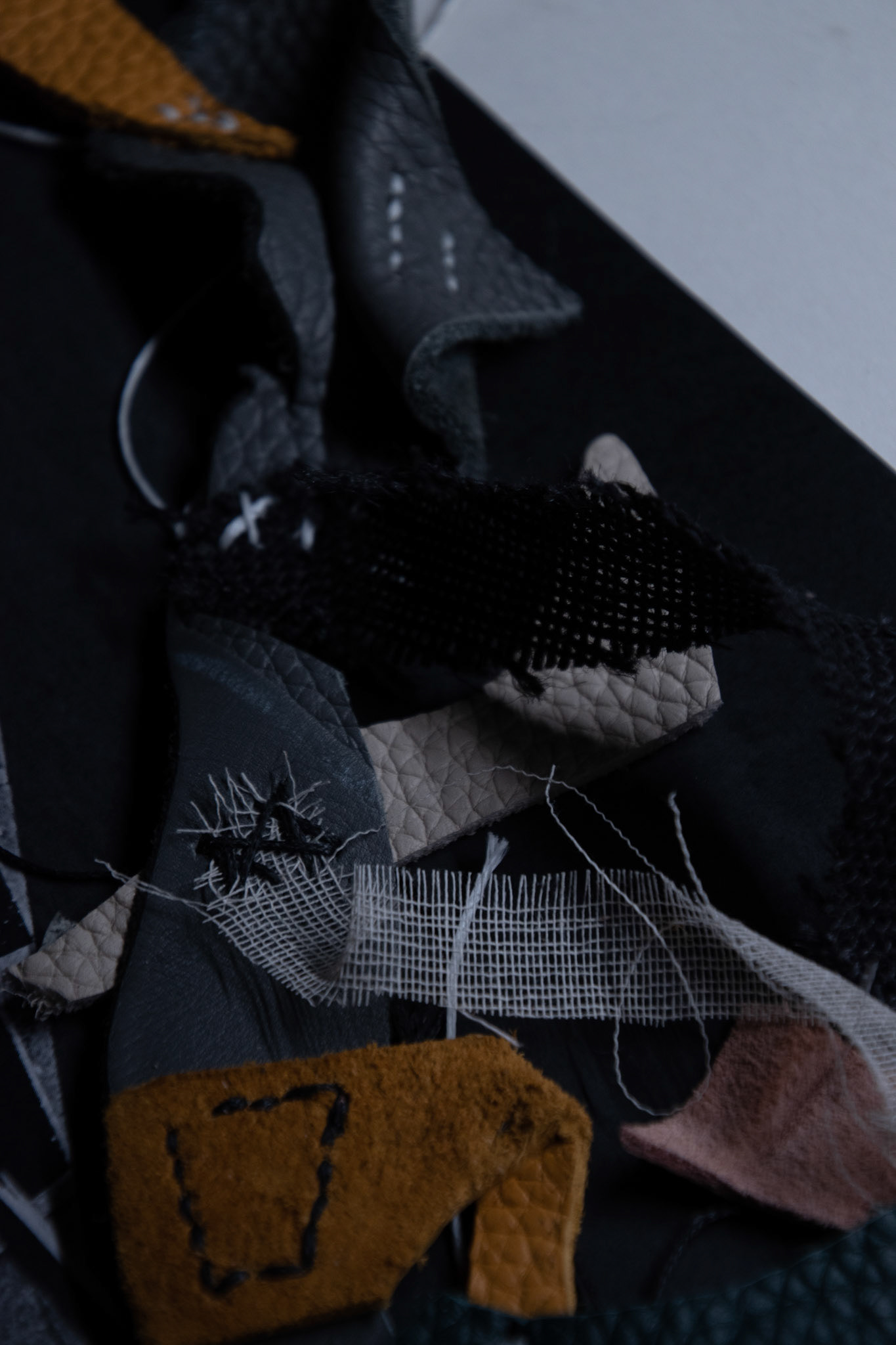
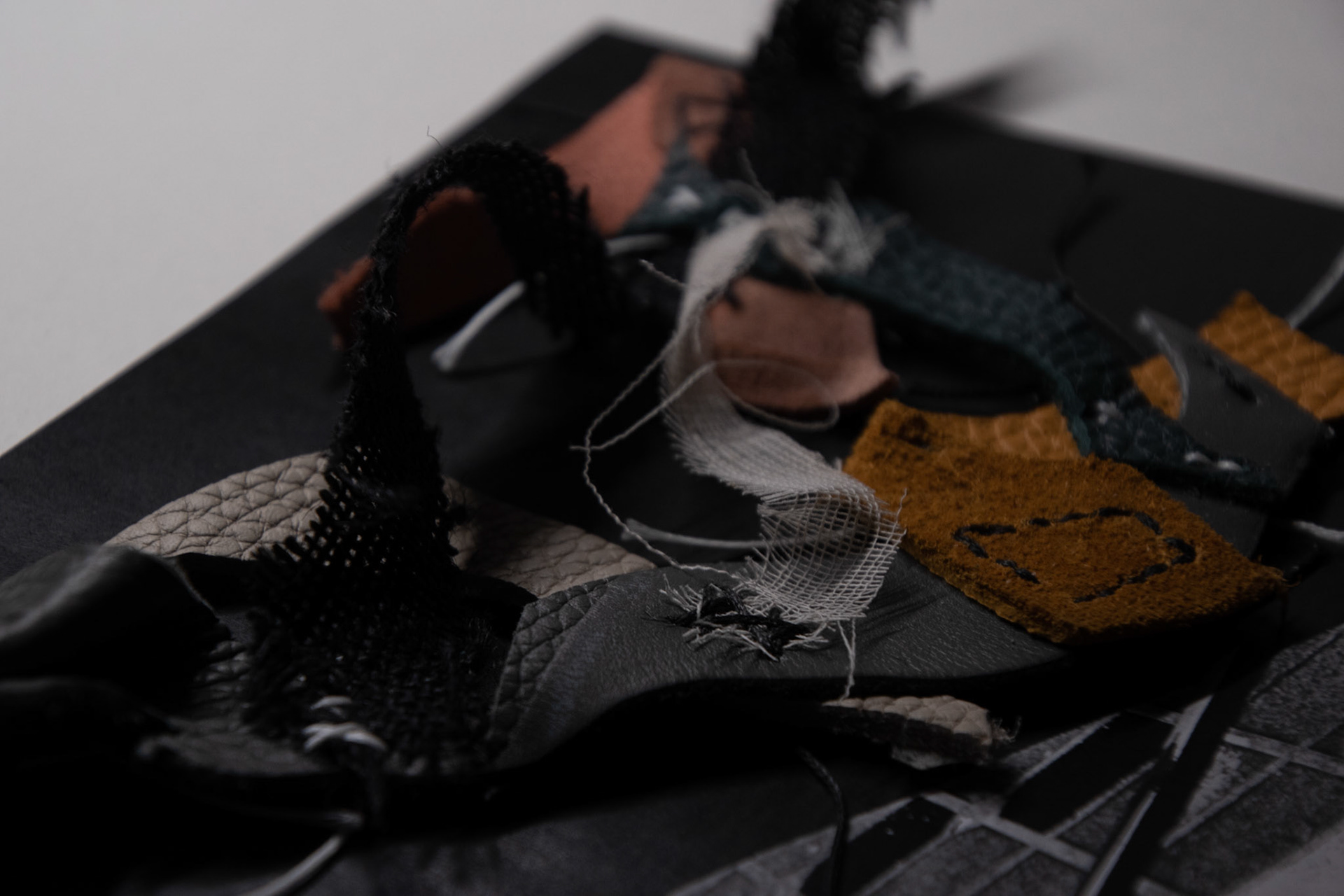
I want to look at using these leather experiments with the concept of cubes (see design process), to create my own version of the sight locations and a personal expression of movement.
